In renovation and interior design, bathrooms are continuously one of the most inspected spaces. Even in new builds and renovations, bathroom mirrors are one of the mainstays. With changing consumer preferences, two main types of mirrors appear to be leading the way on this front: frameless bathroom mirror and framed bathroom mirror.
Which type will achieve the best practical goals in a renovation project? This all depends on the homeowner's design dreams, practicality, budget and the rest of the house. This article examines the pros and cons of frameless and framed bathroom mirrors, as well as current market trends, providing homeowners, contractors, and designers with the information to make informed decisions.
What Are Frameless and Framed Bathroom Mirrors?
· Frameless Bathroom Mirrors
· As the name suggests, these mirrors come without an outer border. Instead, polished glass edges are mounted directly onto the wall. Their clean, minimalist look provides an uninterrupted reflection and suits contemporary or modern interiors.
· Framed Bathroom Mirrors
· These mirrors are bordered by wood, metal, or composite frames. The frame adds decorative detail, enhances durability, and allows for more stylistic variety. From rustic farmhouse to industrial chic or even luxury glam, framed mirrors can complement nearly any bathroom theme.
Aesthetic Appeal: Clean vs. Character
Frameless Mirrors: Minimalist Elegance
Frameless mirrors offer a streamlined"d, border" ess" appearance that opens up visual space, making them well-suited for a small bathroom or any homeowner wishing to keep the room looking clean and minimal. The lack of a frame creates a more open feel and helps the bathroom appear larger.
Framed Mirrors: Decorative Impact
Framed mirrors are all about personality and coordination. The frame material and color can be paired with relationships in the bathroom vanities, light fixtures, or tile patterns to create cohesion. For instance, a matte-black framed mirror can complement industrial bathrooms, while natural wood can accent a more natural/rustic bathroom design.
The Trendline
Currently, frameless mirrors are highly popular among urban homeowners and younger consumers, aligning with the demand for modern and simple designs. However, framed mirrors continue to hold strong appeal in luxury renovations or projects that emphasize warmth, tradition, or personality.
Practical Considerations: Cleaning, Durability, and Maintenance
1. Ease of Cleaning
· Frameless mirrors are simple to wipe down, with fewer crevices for dust or moisture buildup.
· Framed mirrors, however, can trap dirt and water at the frame edges, especially in humid bathroom environments.
2. Durability
· Frameless mirrors typically rely on wall brackets, adhesives, or clips for support. If not installed correctly, they may loosen over time.
· Framed mirrors tend to be sturdier, as the frame adds support and protects the glass edges. This makes them better suited for high-traffic households or rental properties.
3. Moisture Resistance
· Frameless mirrors can develop dark edges if the backing is not sealed properly against moisture.
· Framed mirrors depend on materials: wood requires sealing to prevent warping, while metal frames may be prone to rust.

Budget and Cost Factors
1. Frameless Mirrors
2. Basic frameless mirrors are typically reasonable in cost and often sell for less than framed mirrors. Prices increase if anti-fog, LED backlighting, or smart functions are included.
3. Framed Mirrors
4. Costs vary dramatically depending on the frame's material and quality. Plastic frames are inexpensive, while high-end wood or metal frames can be more than a frameless mirror—sometimes several times the price.
5. Installation Costs
· Frameless mirrors require a flat, even wall surface and precise installation to avoid tilting or loosening.
· Framed mirrors are heavier but often easier to hang securely, since the frame distributes weight evenly.
For homeowners on tight budgets, frameless mirrors are the economical choice. For high-end or statement-driven renovations, framed mirrors justify the added cost by serving as decorative features.
Market Trends and Consumer Preferences
The bathroom mirror market reflects larger trends in home design:
· Rising Demand for Frameless Mirrors
· Young, urban homeowners lean toward simple and minimalist designs. Frameless mirrors complement modern interiors, especially in apartments and smaller homes.
· Continued Niche for Framed Mirrors
· Consumers still continue to have a strong demand for mirrors, whether made by artisans or in a boutique hotel, to reflect their personalities through tailor-made materials and style. Consumers, whether a homeowner or hotelier, expect personalized service when creating something special or distinctive, or even classic, at their home or hotel.
· Smart Mirror Growth
· If it is frameless or framed, smart features like LED lighting, anti-fog heating, Bluetooth speakers, and even health monitoring features are becoming part of the category. These "functional" upgrades are appealing to the homeowner/hotelier who wants utility and aesthetics or a dual purpose.
Choosing Based on Renovation Goals
1. For Small Bathrooms or Minimalist Projects
2. Frameless mirrors are ideal, as they make spaces feel larger and cleaner, while keeping costs down.
3. For Design-Centered Renovations
4. Framed mirrors provide more decorative flair and can be customized to suit styles such as vintage, luxury, or industrial.
5. For Tight Budgets
6. Frameless mirrors—especially basic models—are the most affordable, practical option.
7. For Luxury or High-End Projects
8. Framed mirrors can serve as statement pieces. Premium materials like walnut, brass, or matte steel elevate bathrooms to boutique-hotel levels of sophistication.
The Road Ahead
Looking forward, the bathroom mirror industry is likely to evolve in three main directions:
· Smarter Functionality: Mirrors that double as information hubs, displaying time, weather, or even health metrics, will become mainstream.
· Sustainability: Frames made from recycled materials or featuring eco-friendly finishes will align with the growing demand for green construction.
· Customization: Adjustable sizes, frame colors, and modular features will cater to consumers who want personalized solutions.
These shifts suggest that the divide between frameless and framed mirrors may blur as smart and customizable designs become the norm.
Conclusion
Thus, Frameless Bathroom Mirrors vs. Framed: What Real Goals Are You Trying To Achieve? The answer depends on which is more important: simplicity and cost effectiveness, or ornamental richness and longevity? Frameless mirrors shine in modern, minimalist, or budget renovation projects. Framed mirrors thrive in making a statement, extraordinary styles, or high-end design renovations. Both types display more than just a functional reflection; they also reflect the personality of a home. Ultimately, it depends on how the presence of the mirror fits into the overall renovation goals. One thing remains certain: bathroom mirrors with frames, and/or frameless mirrors, are no longer accessories to a functional bathroom. They ARE now the centerpiece of its overall mood, glamour, and value of the space.

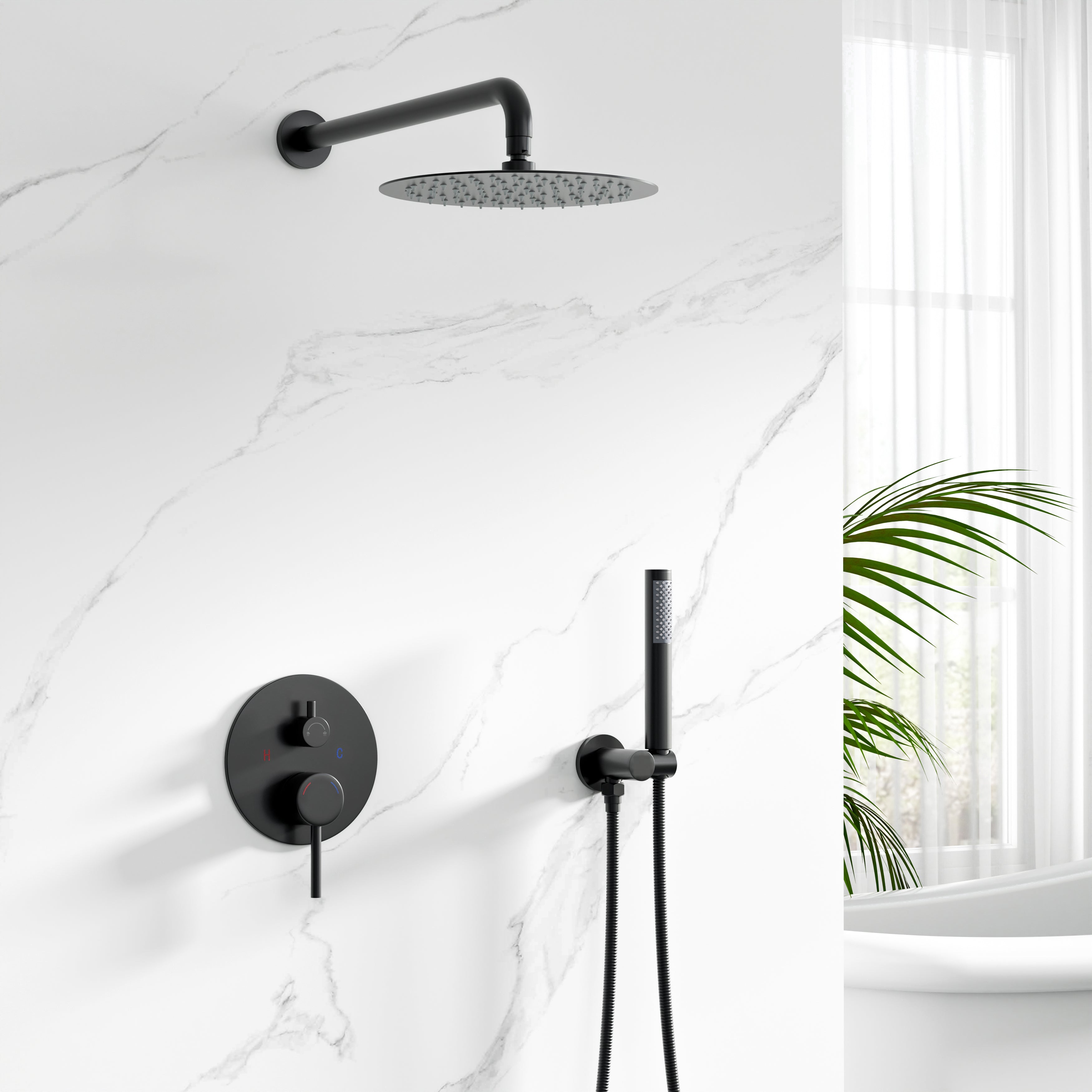
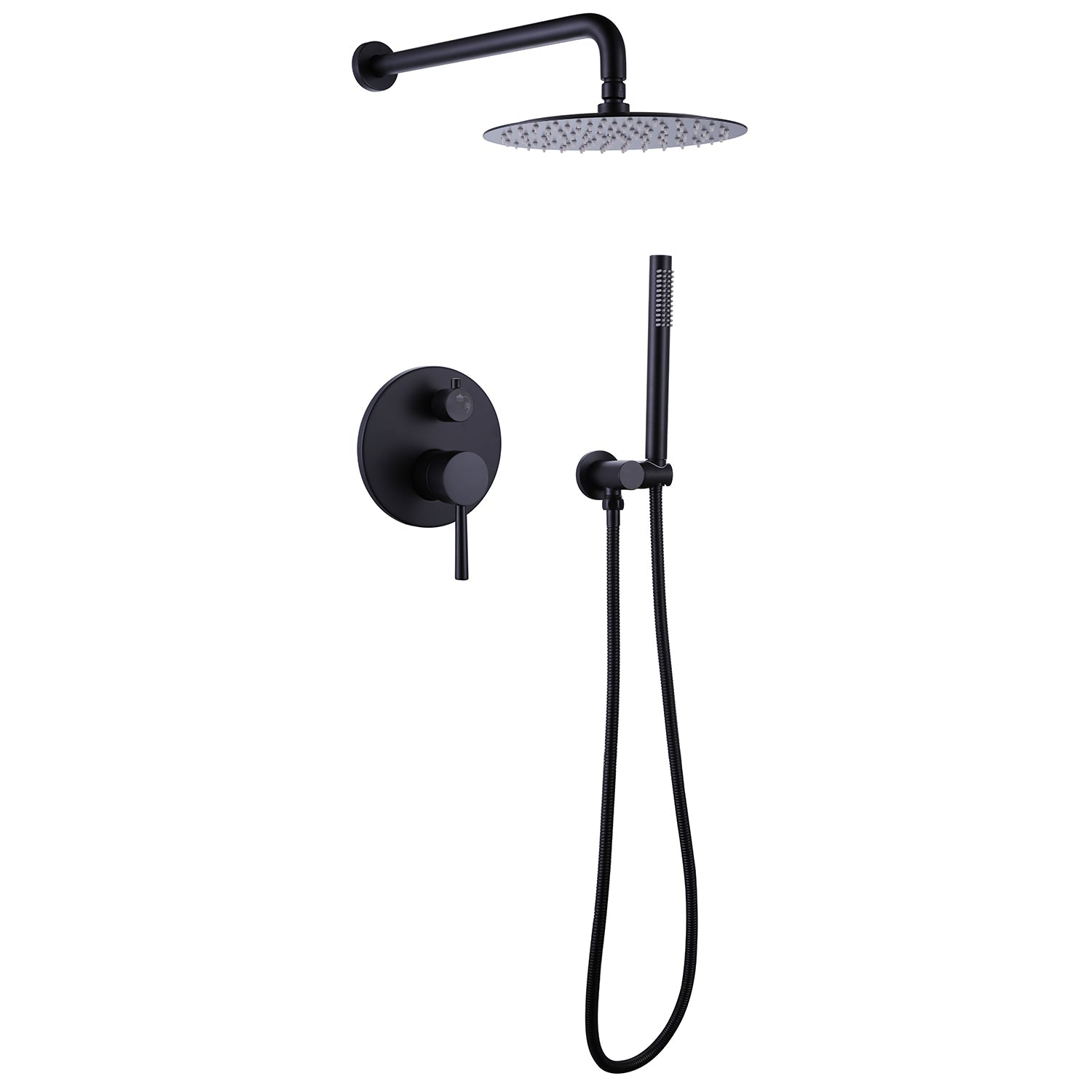


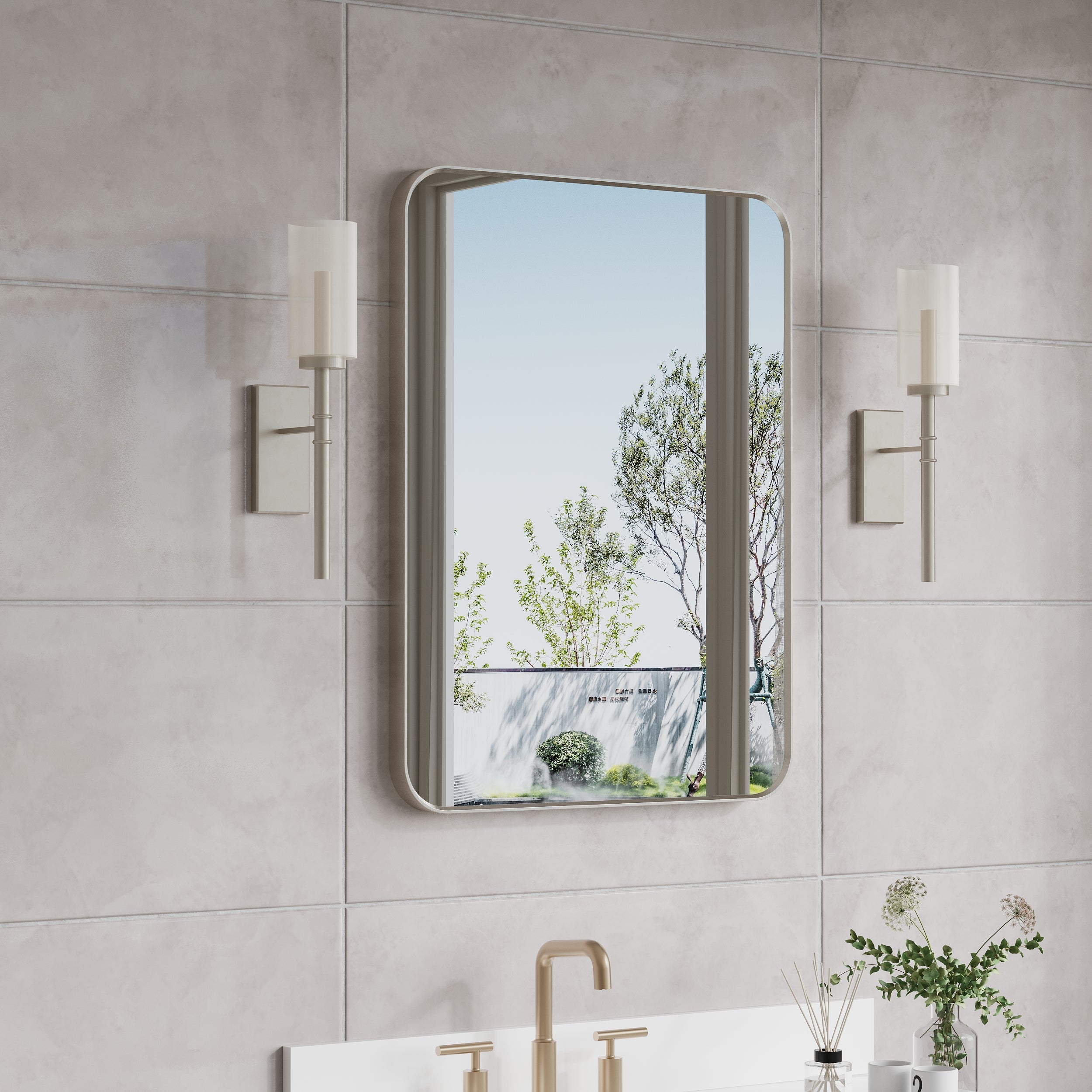
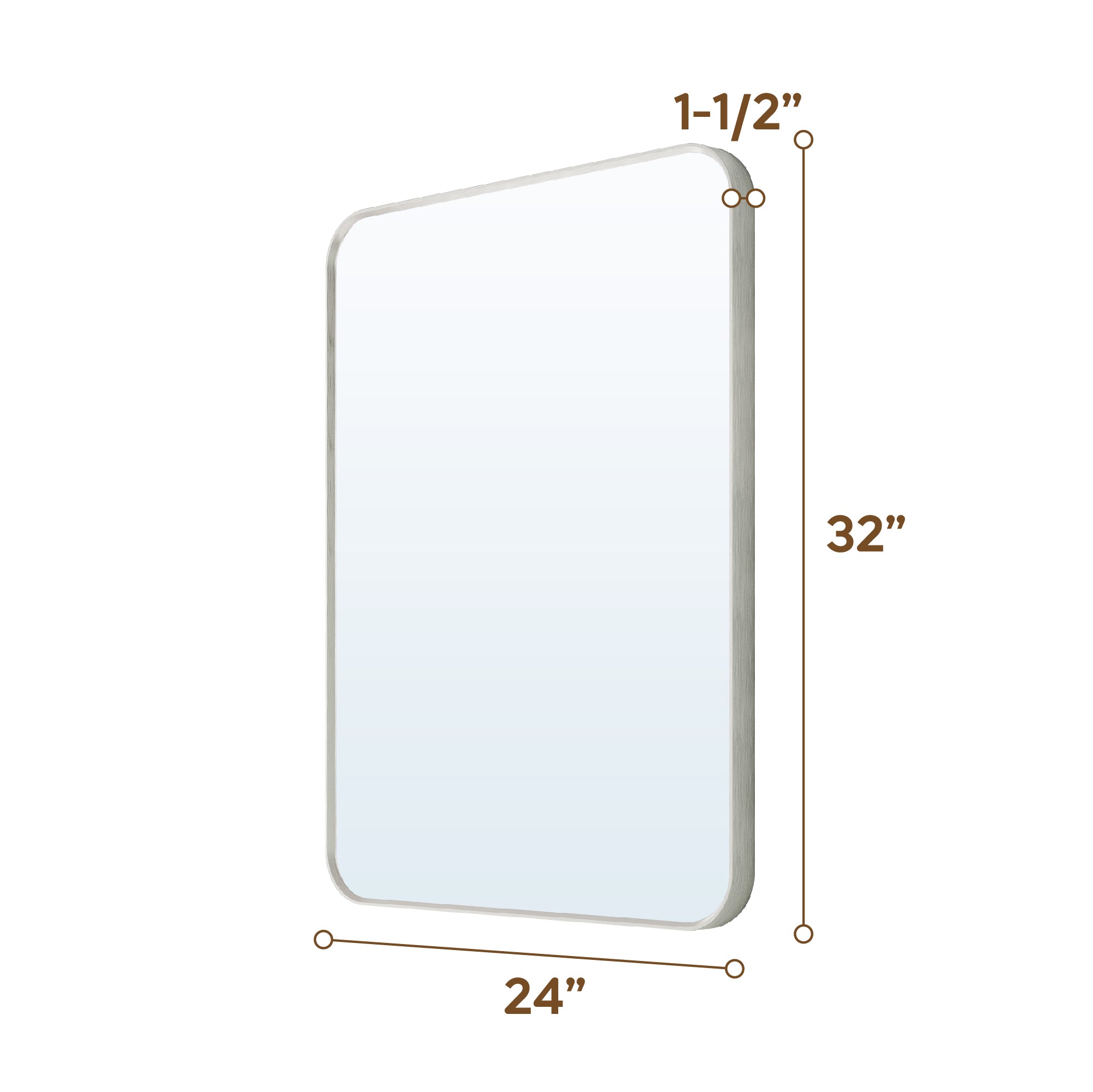



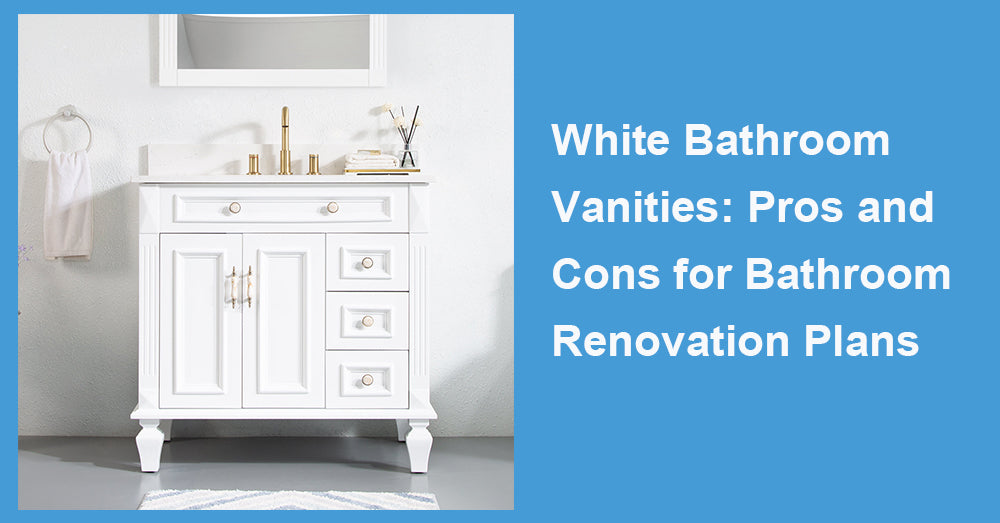
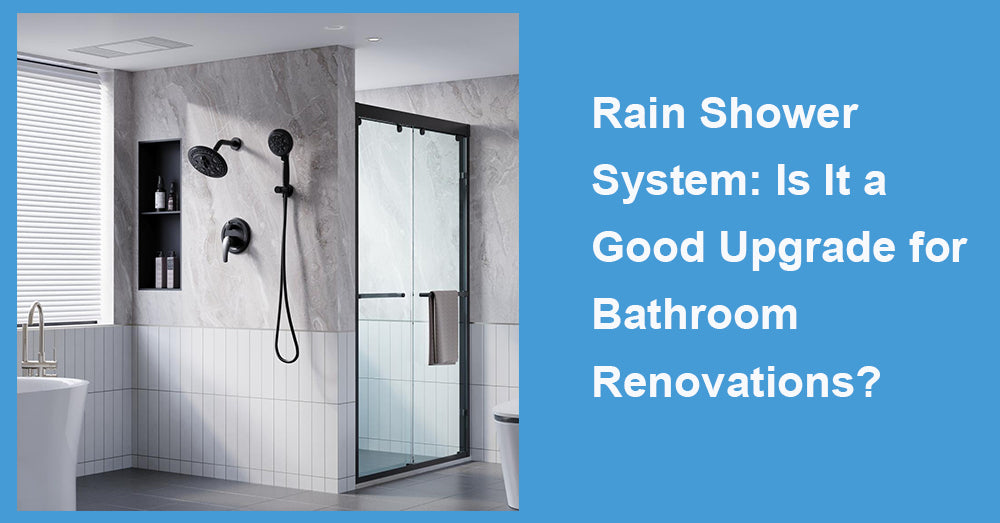
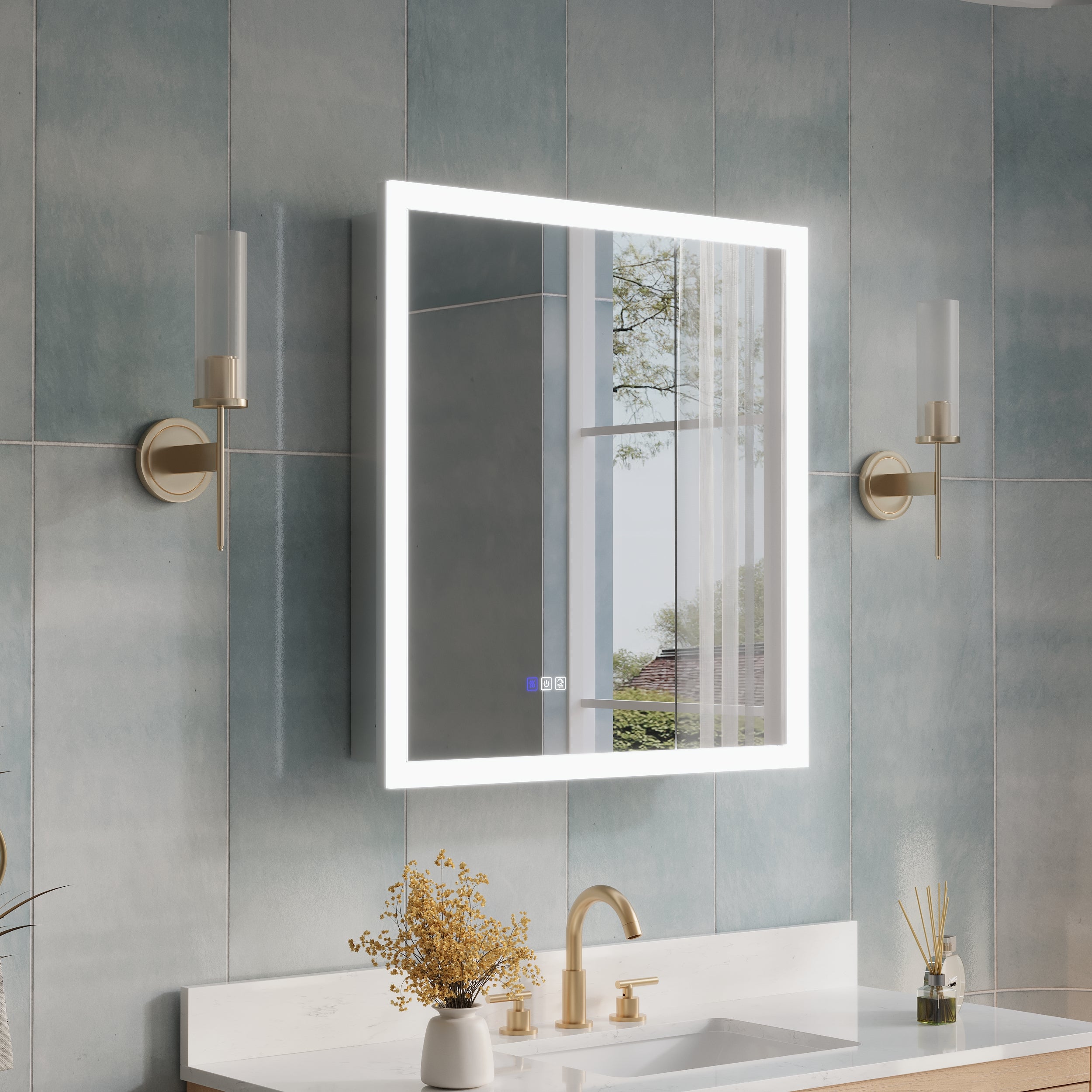
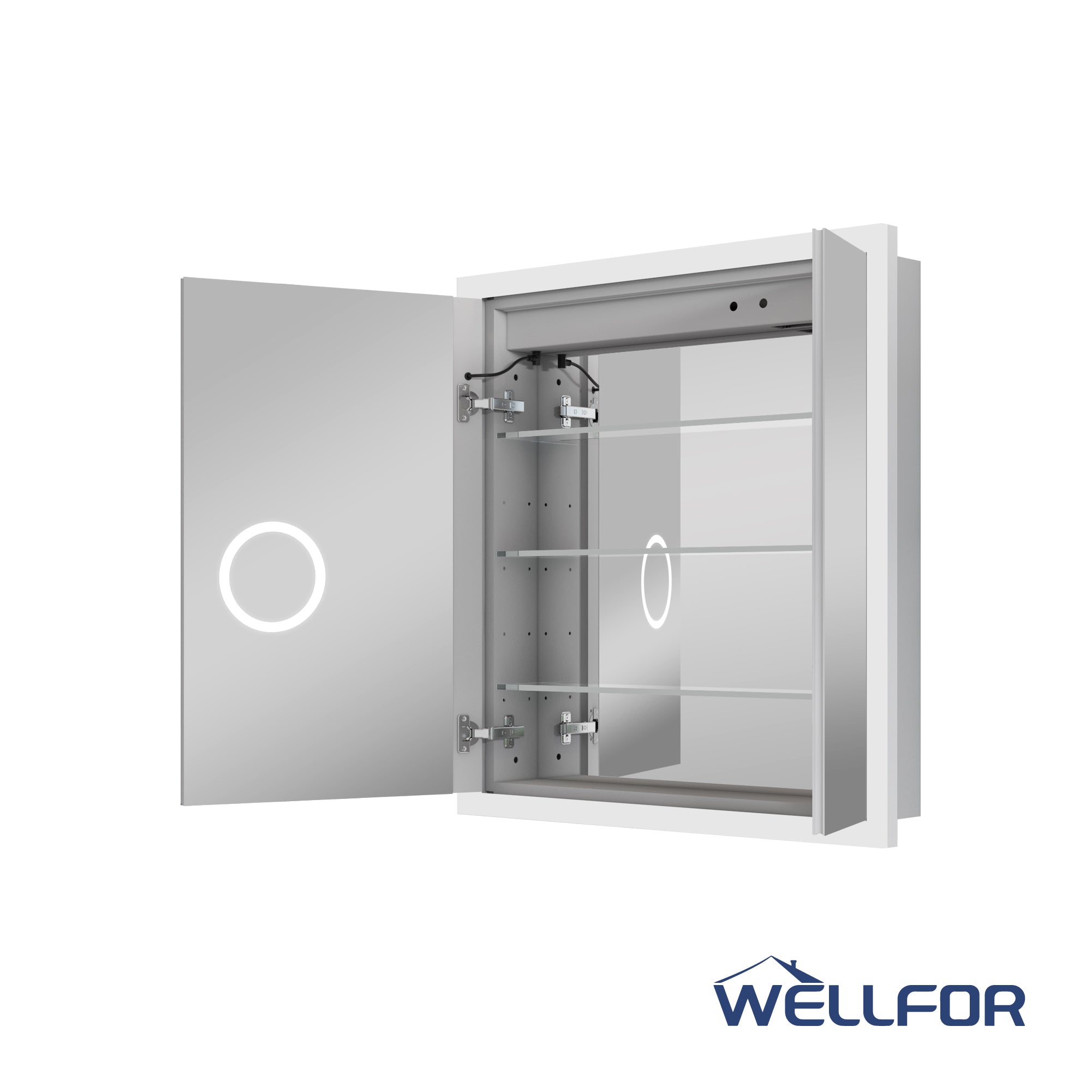
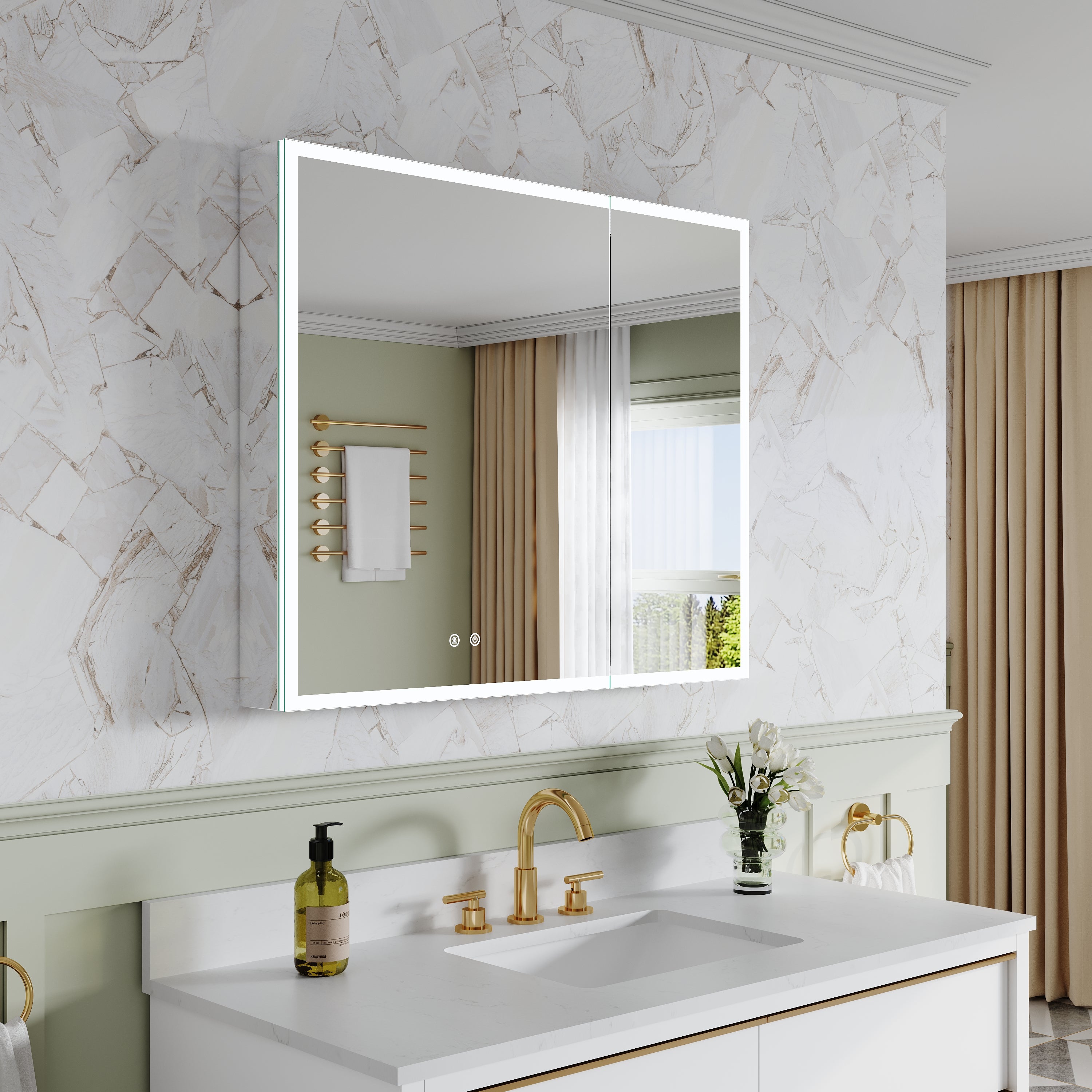
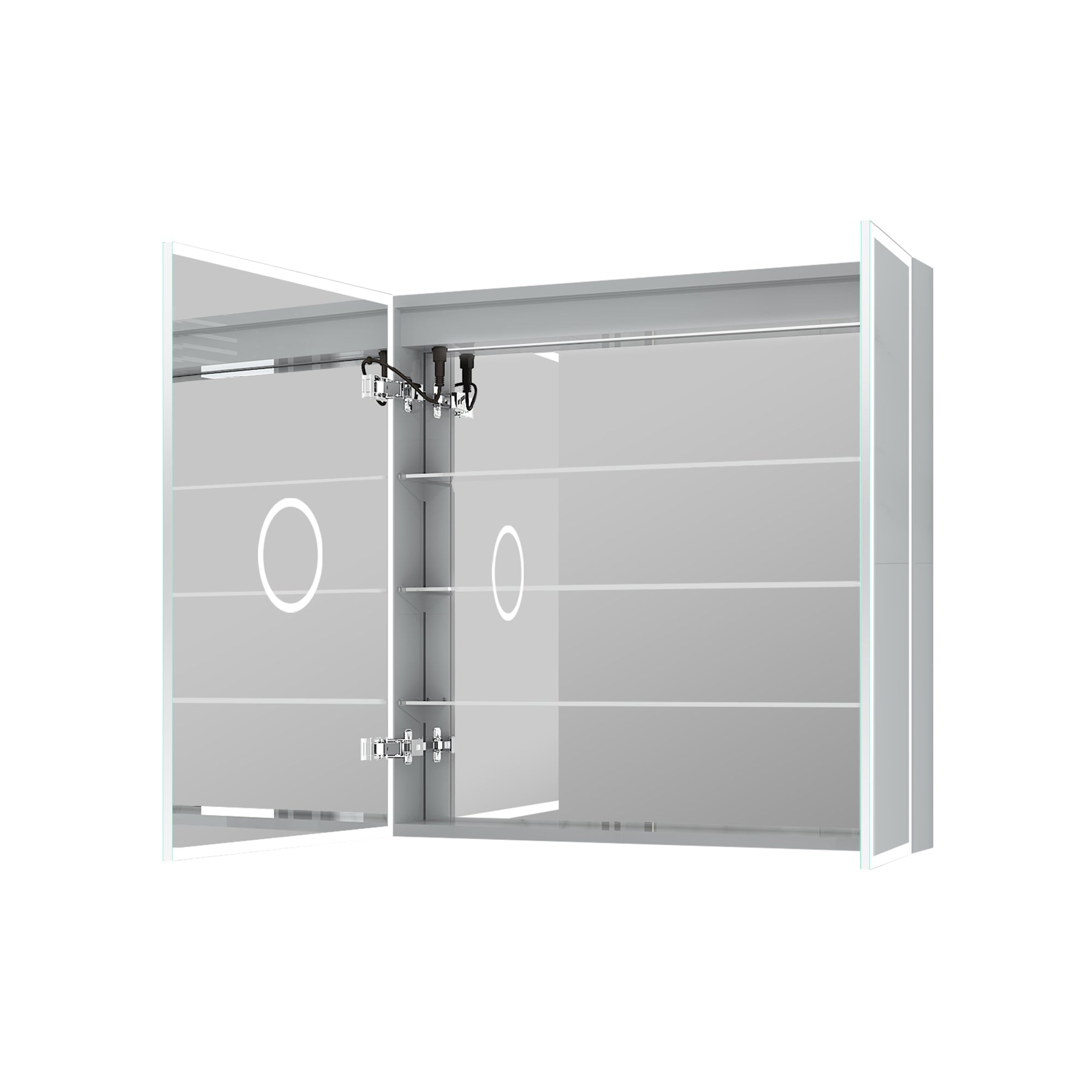
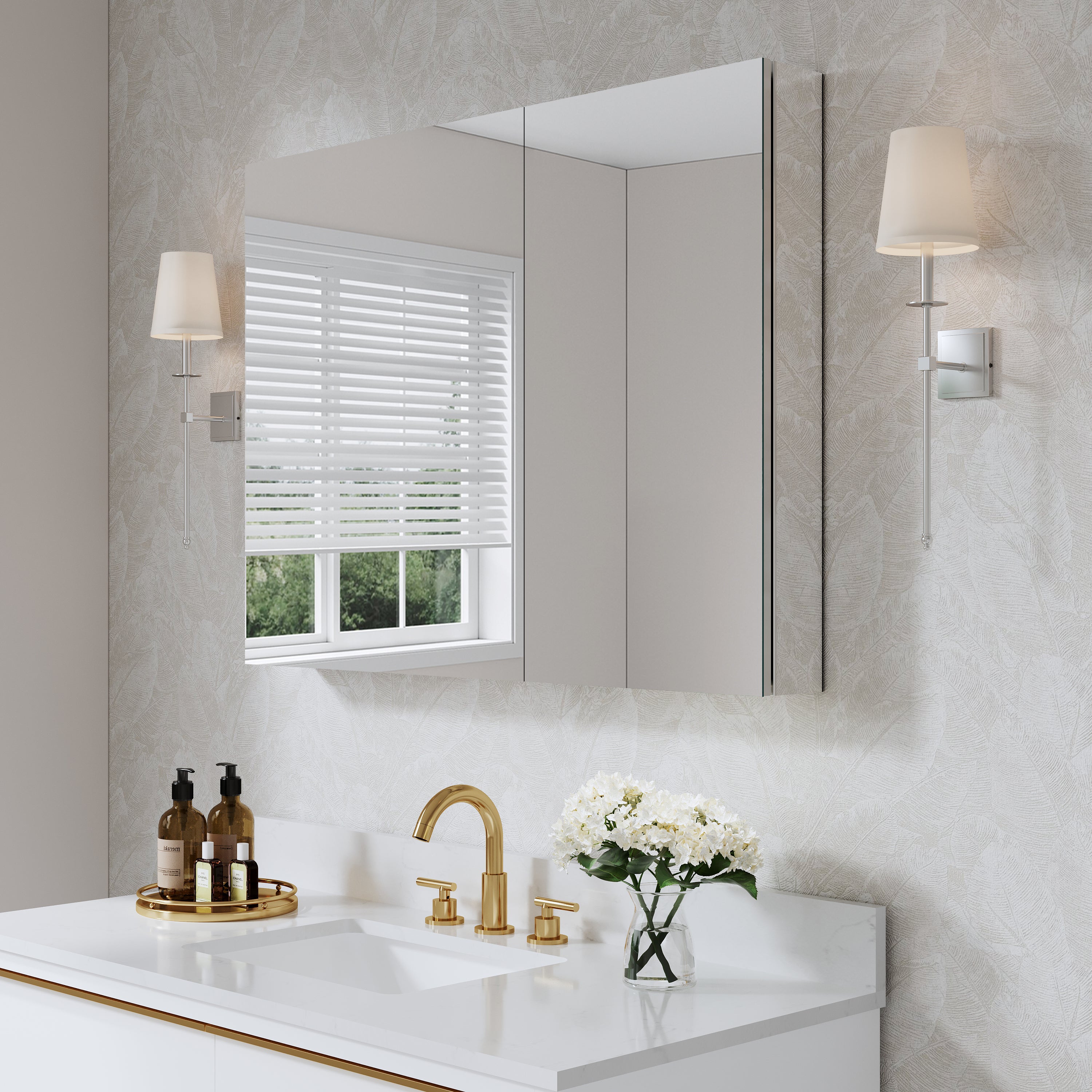

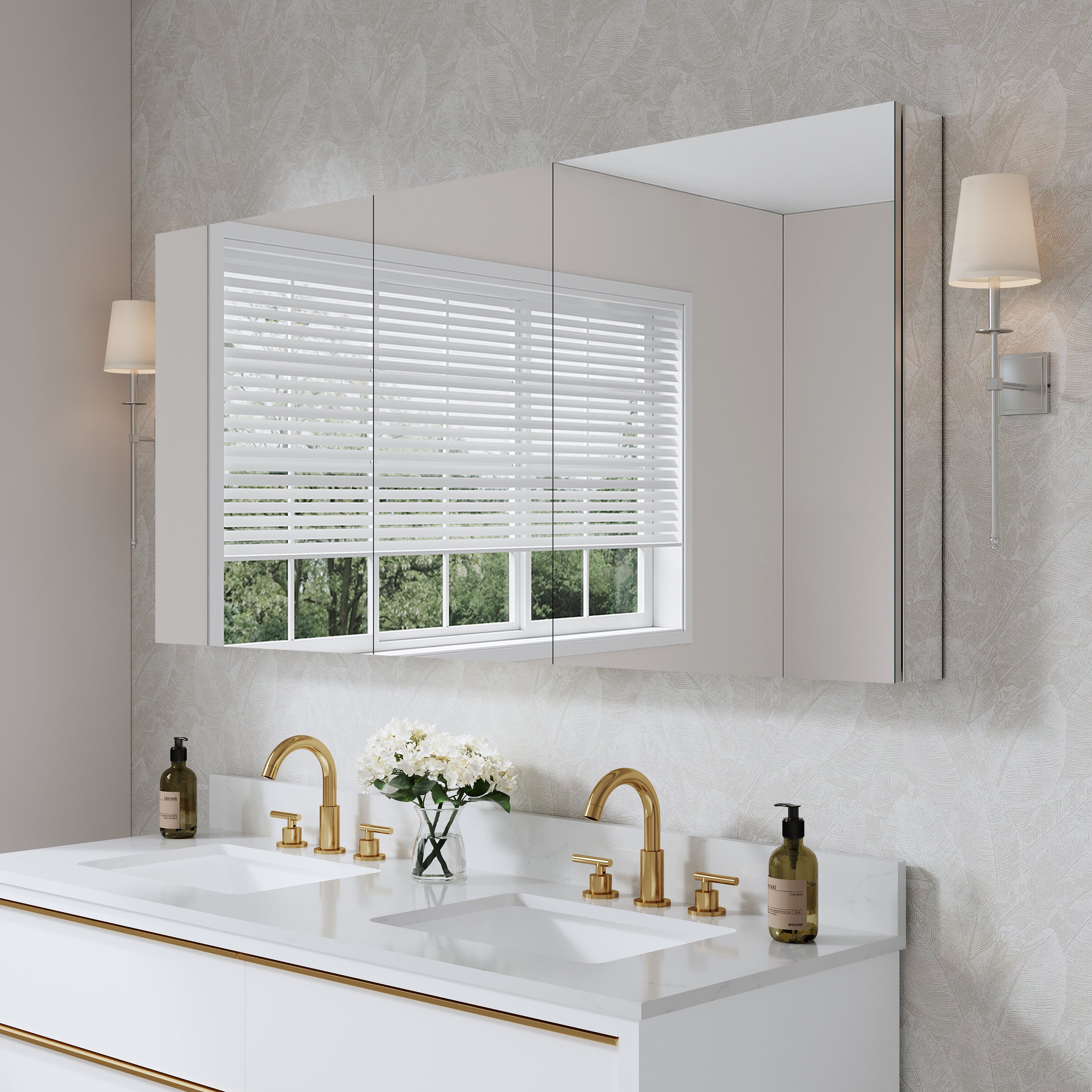

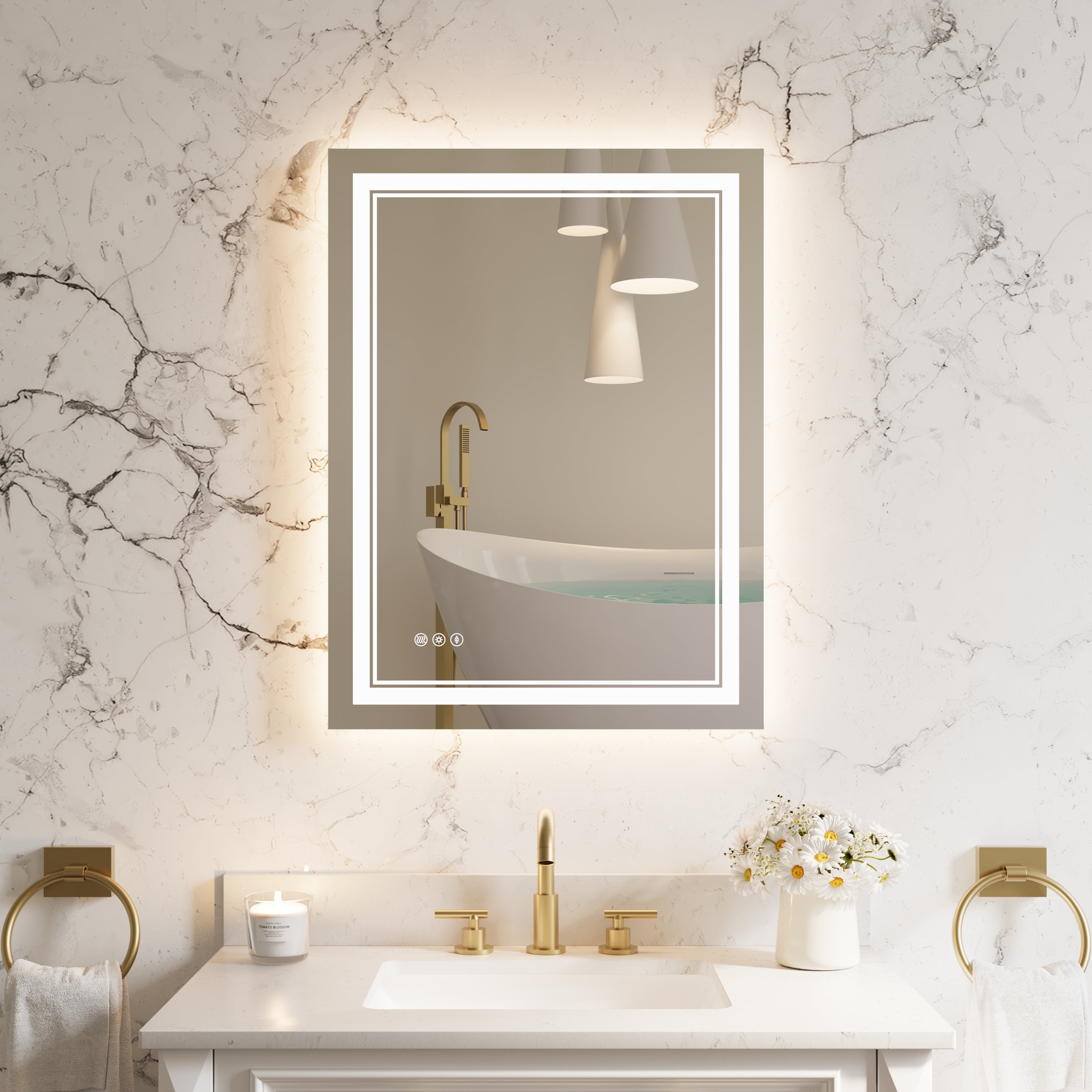
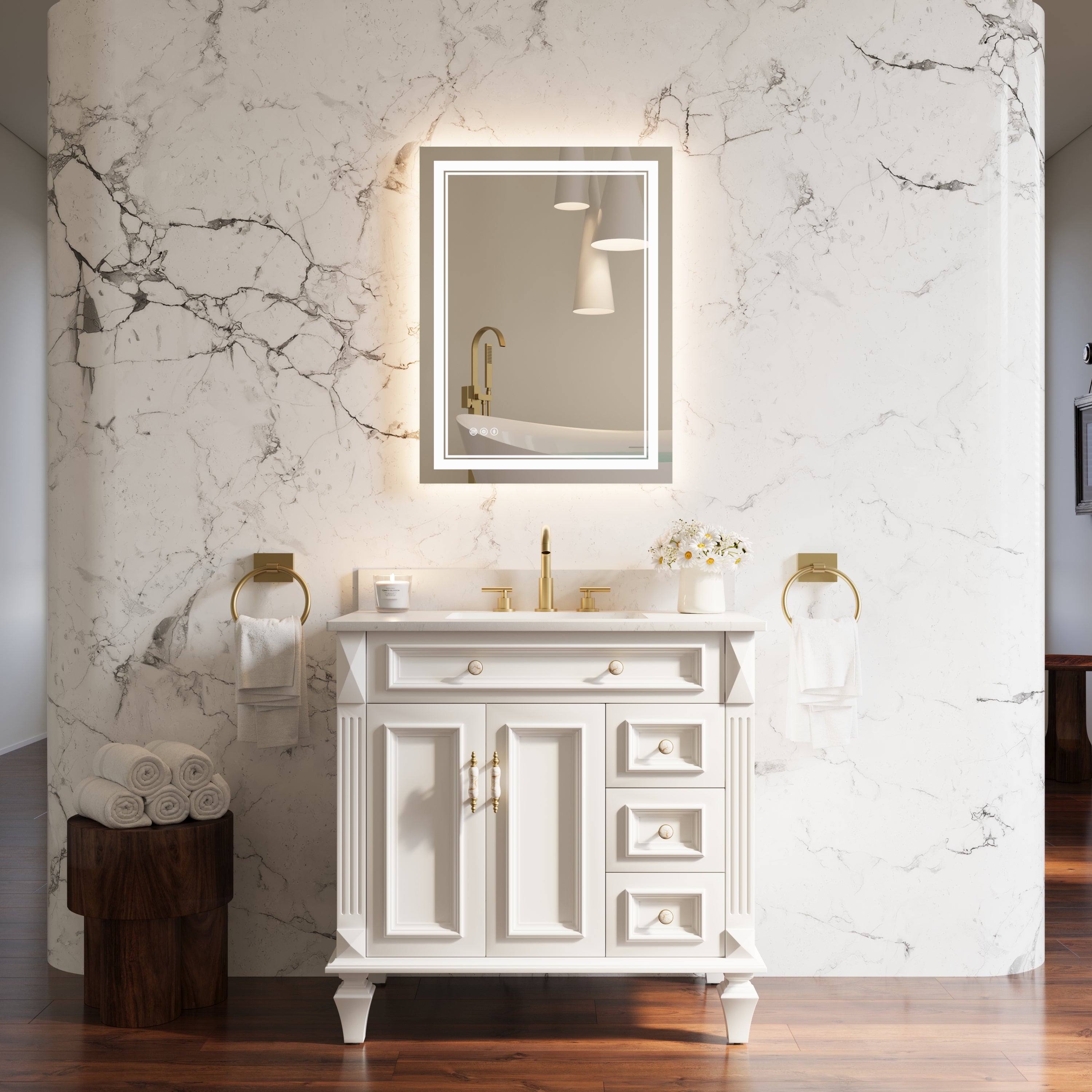
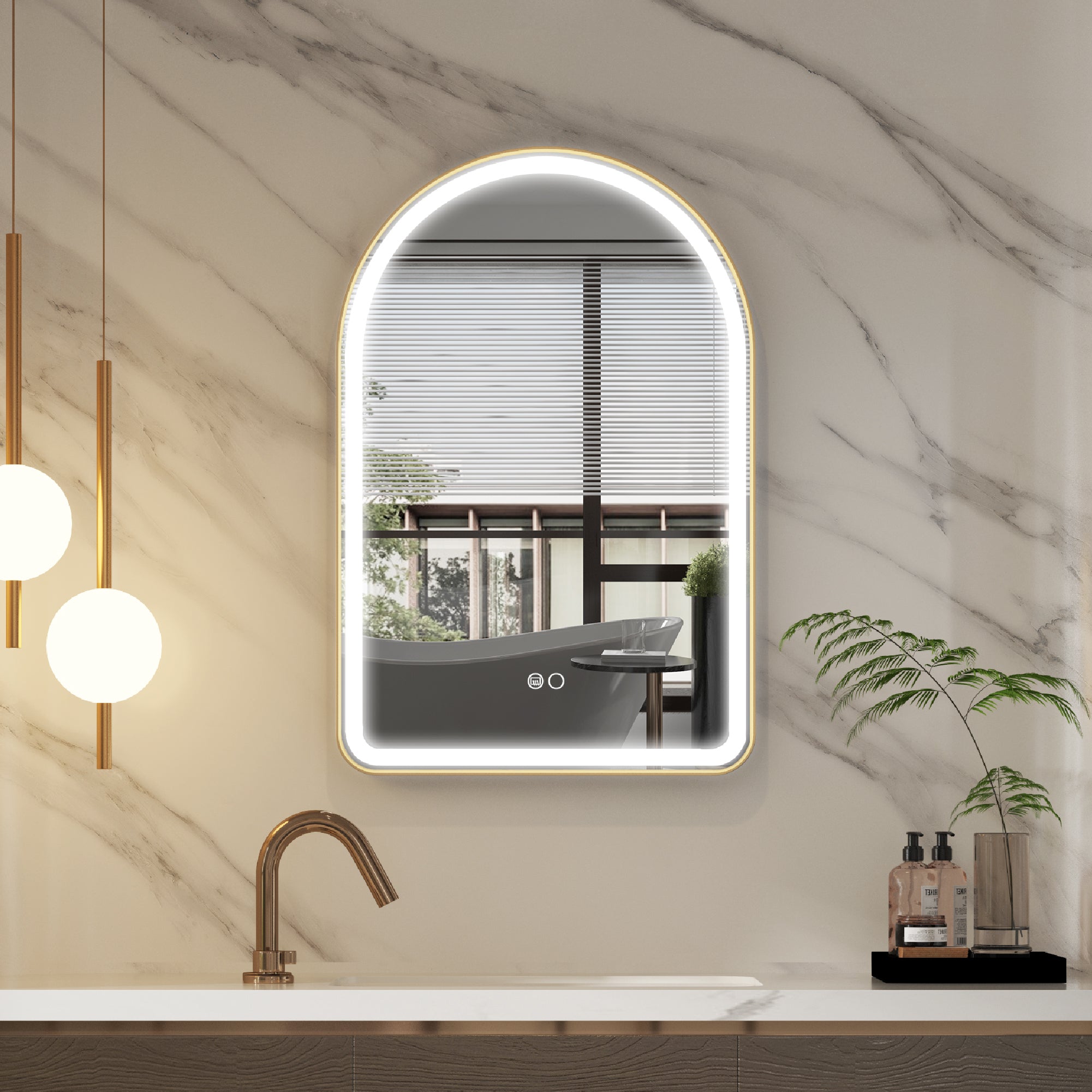
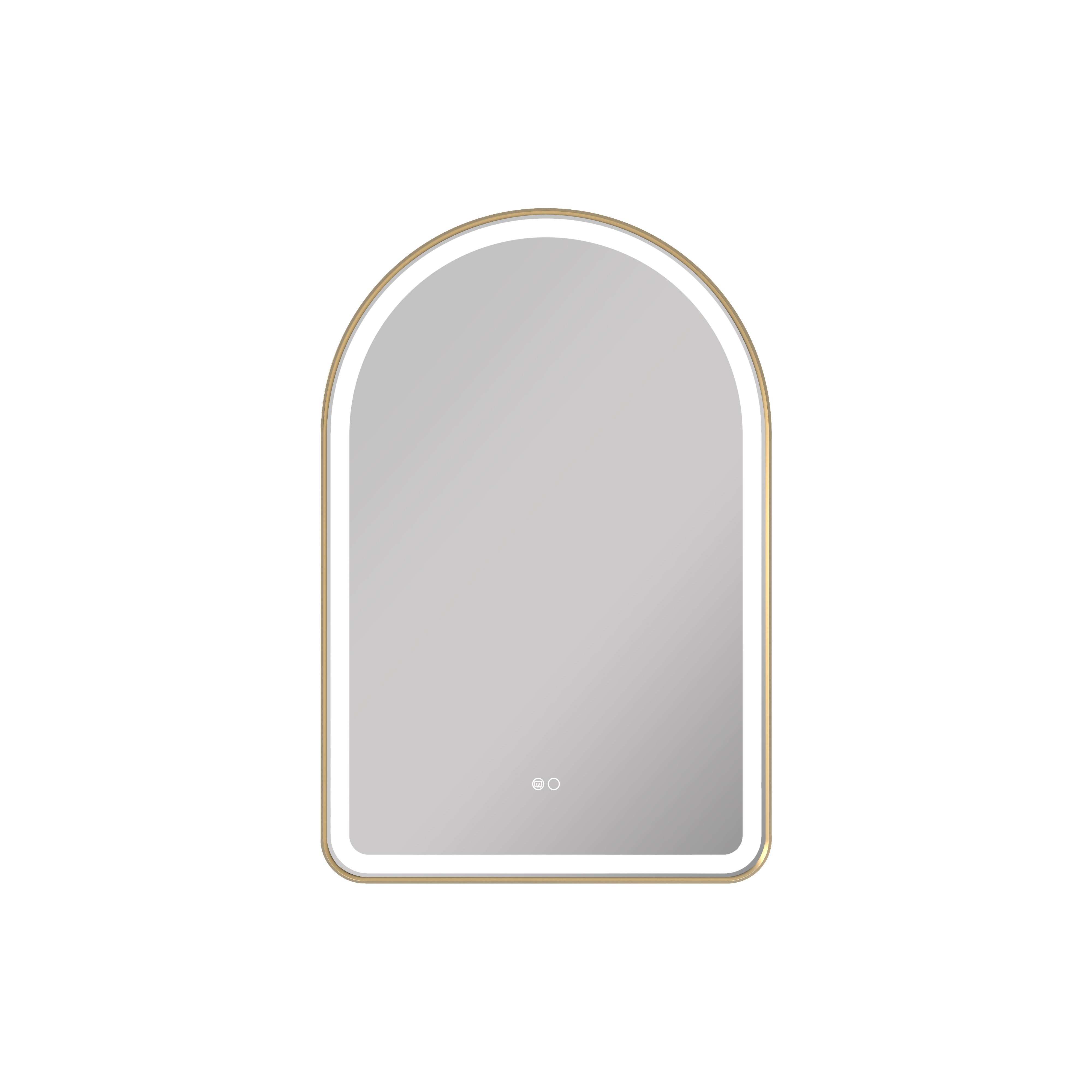
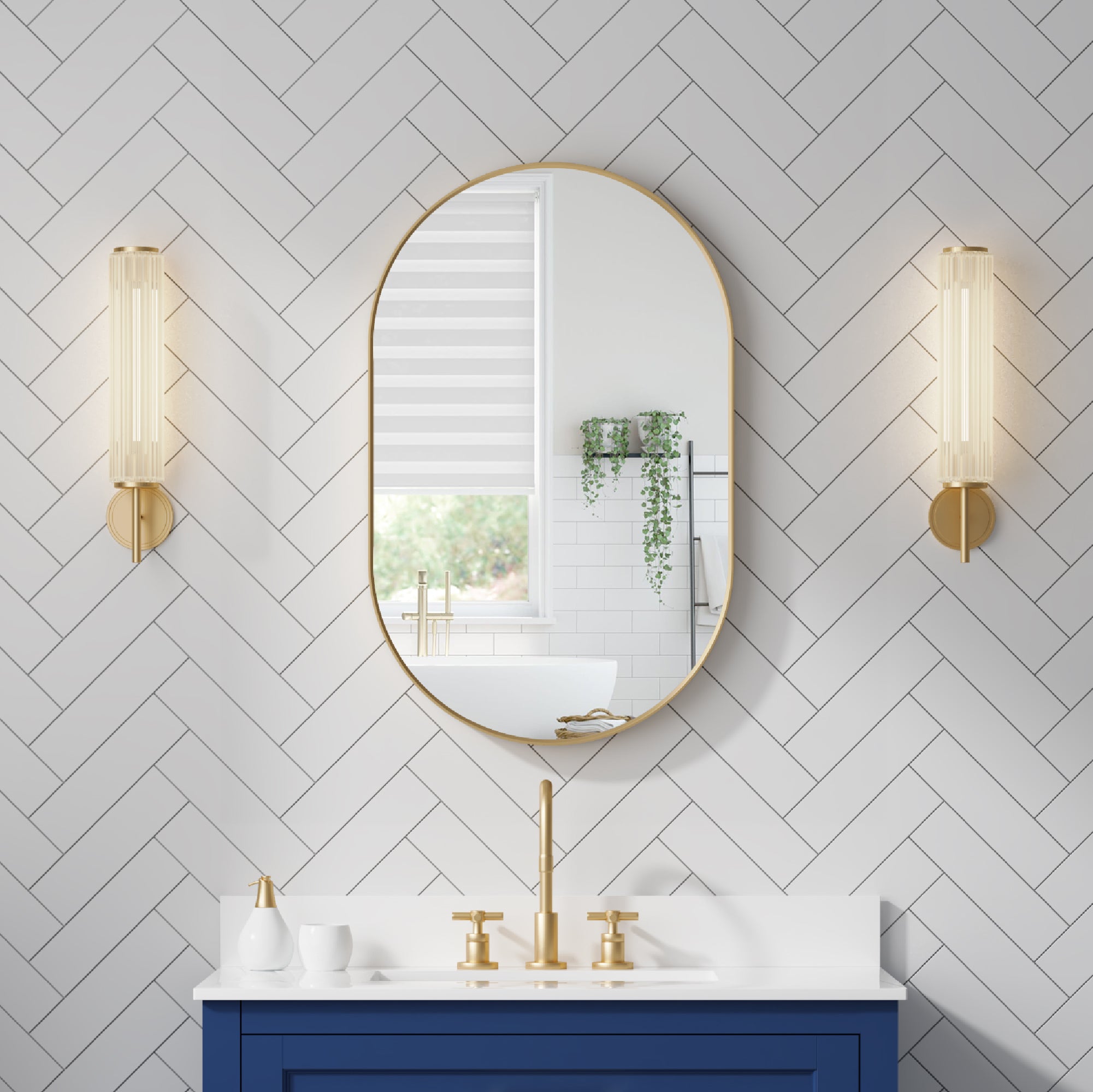
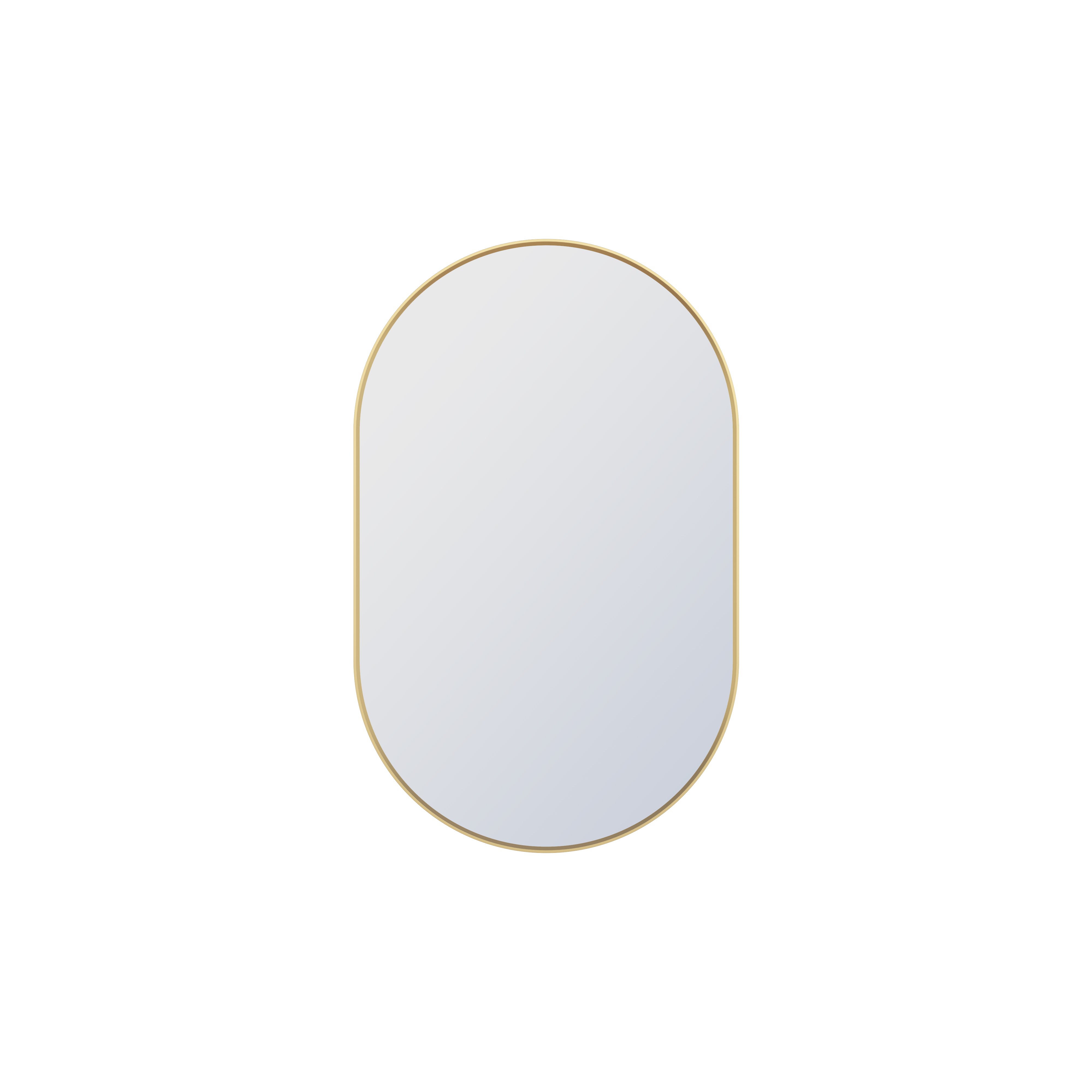


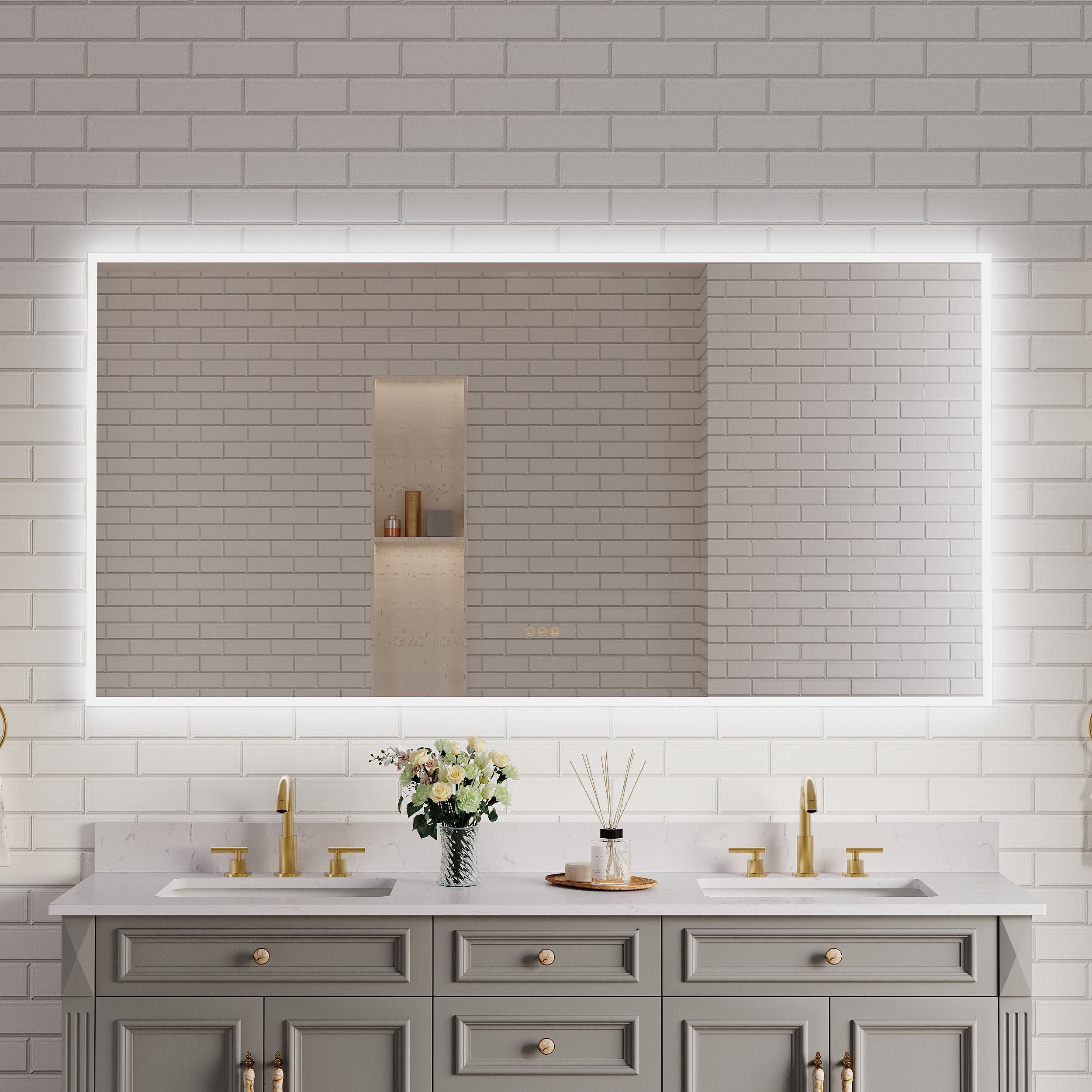





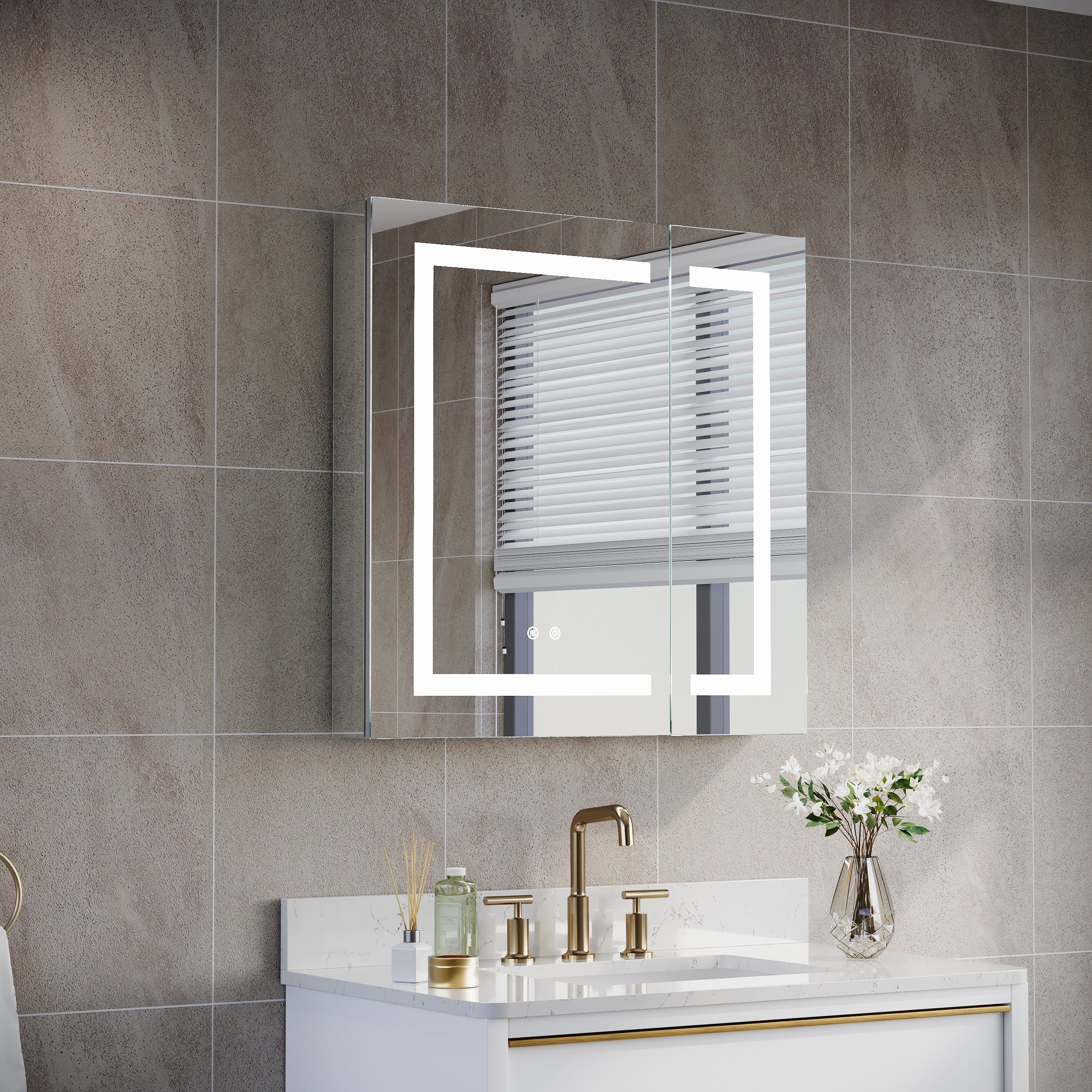
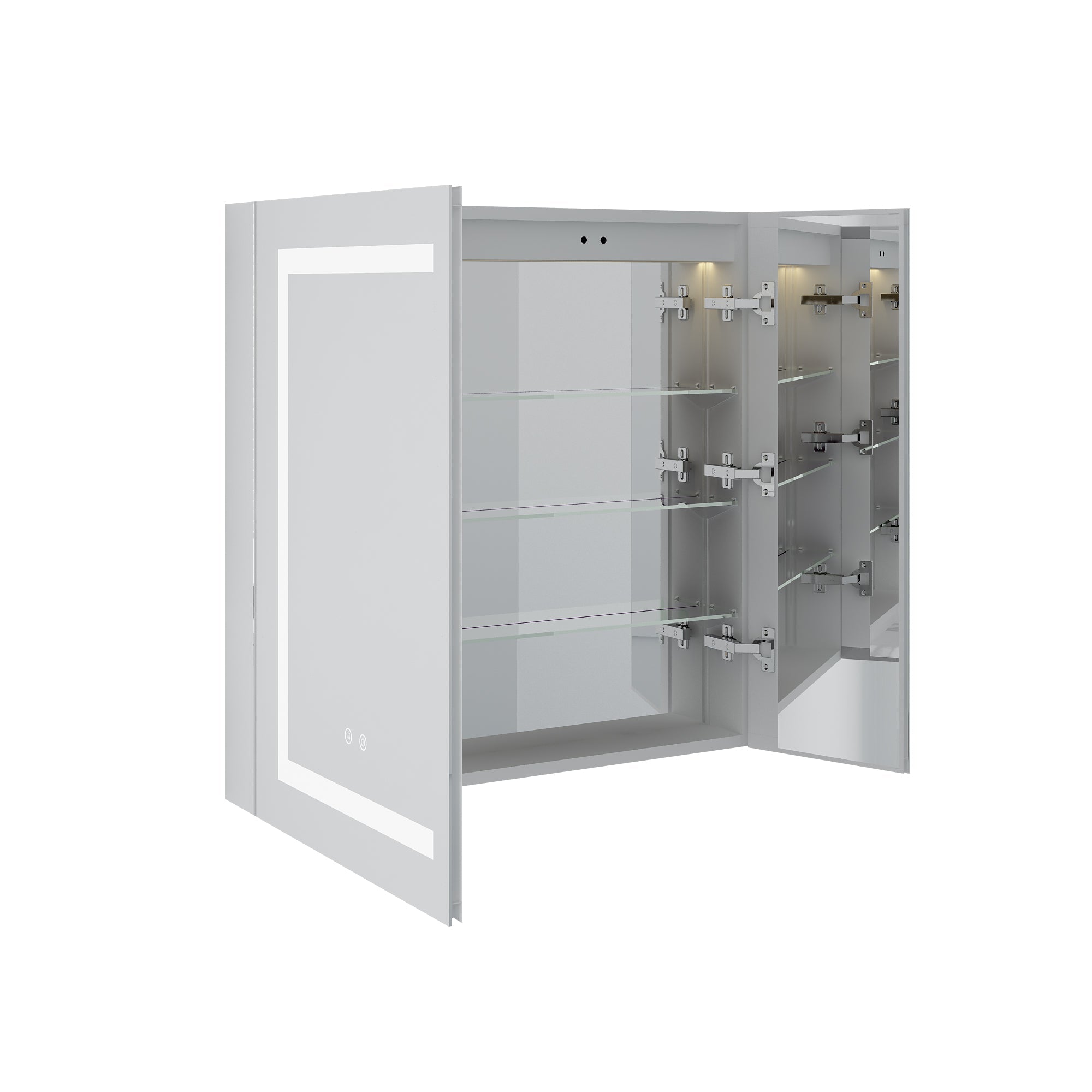




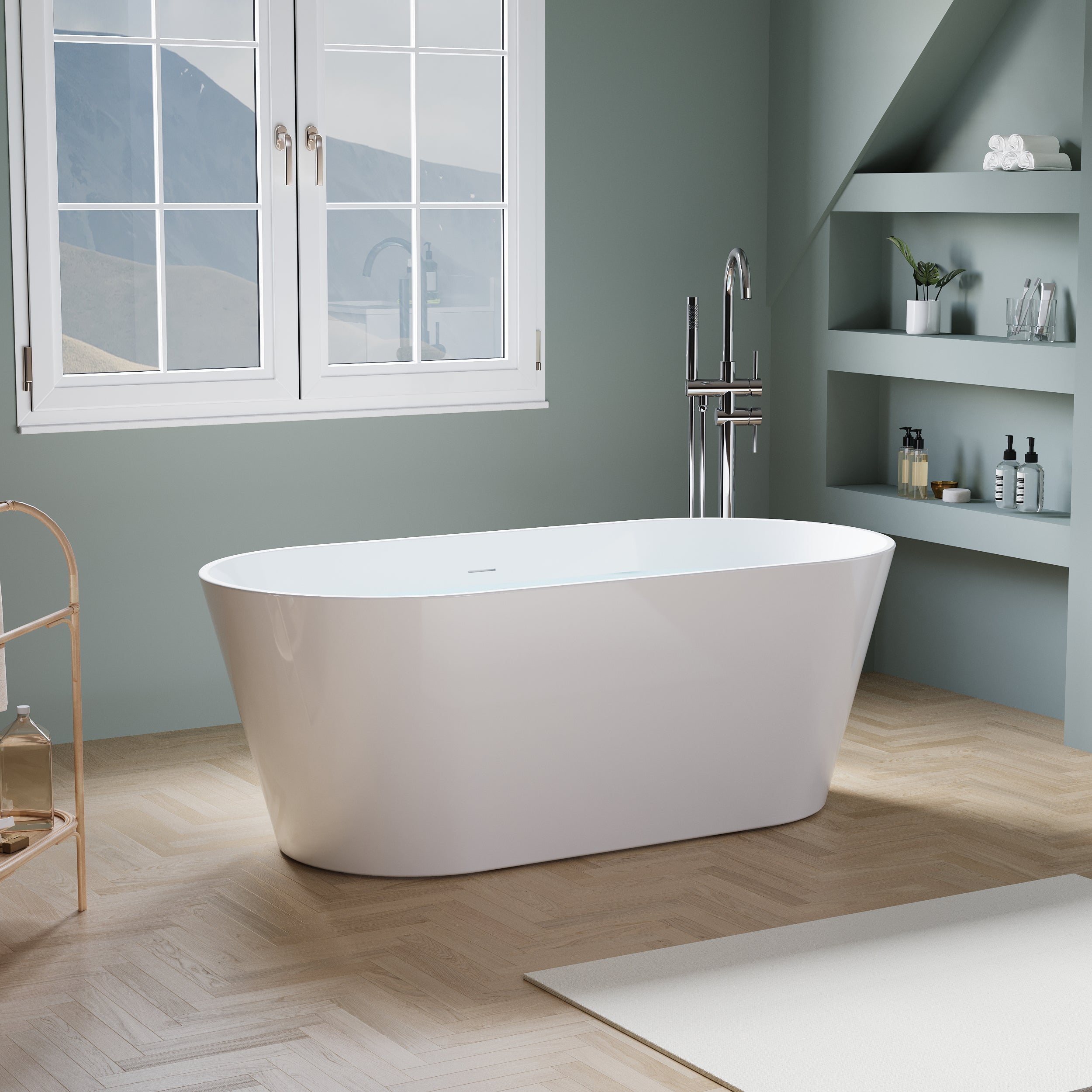
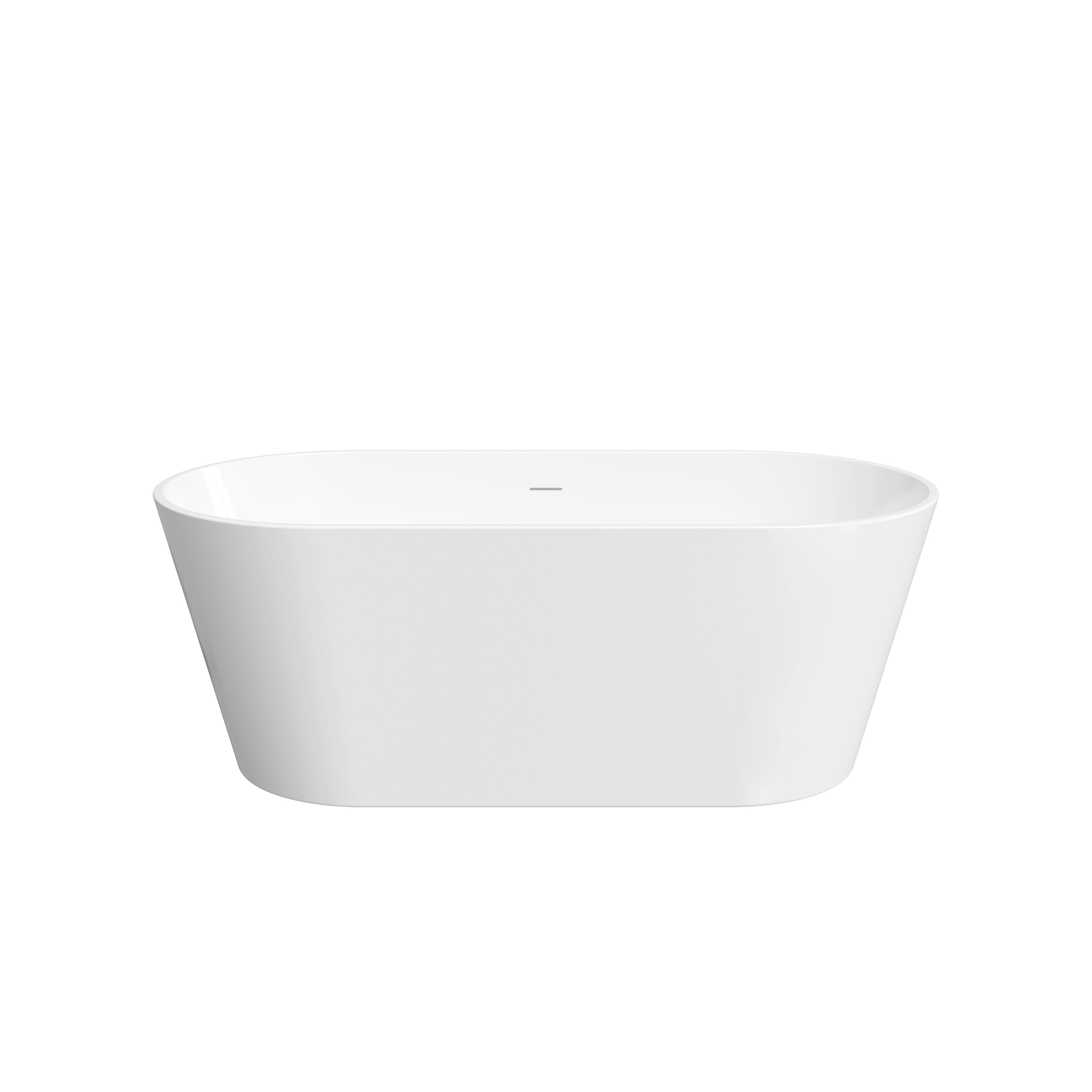


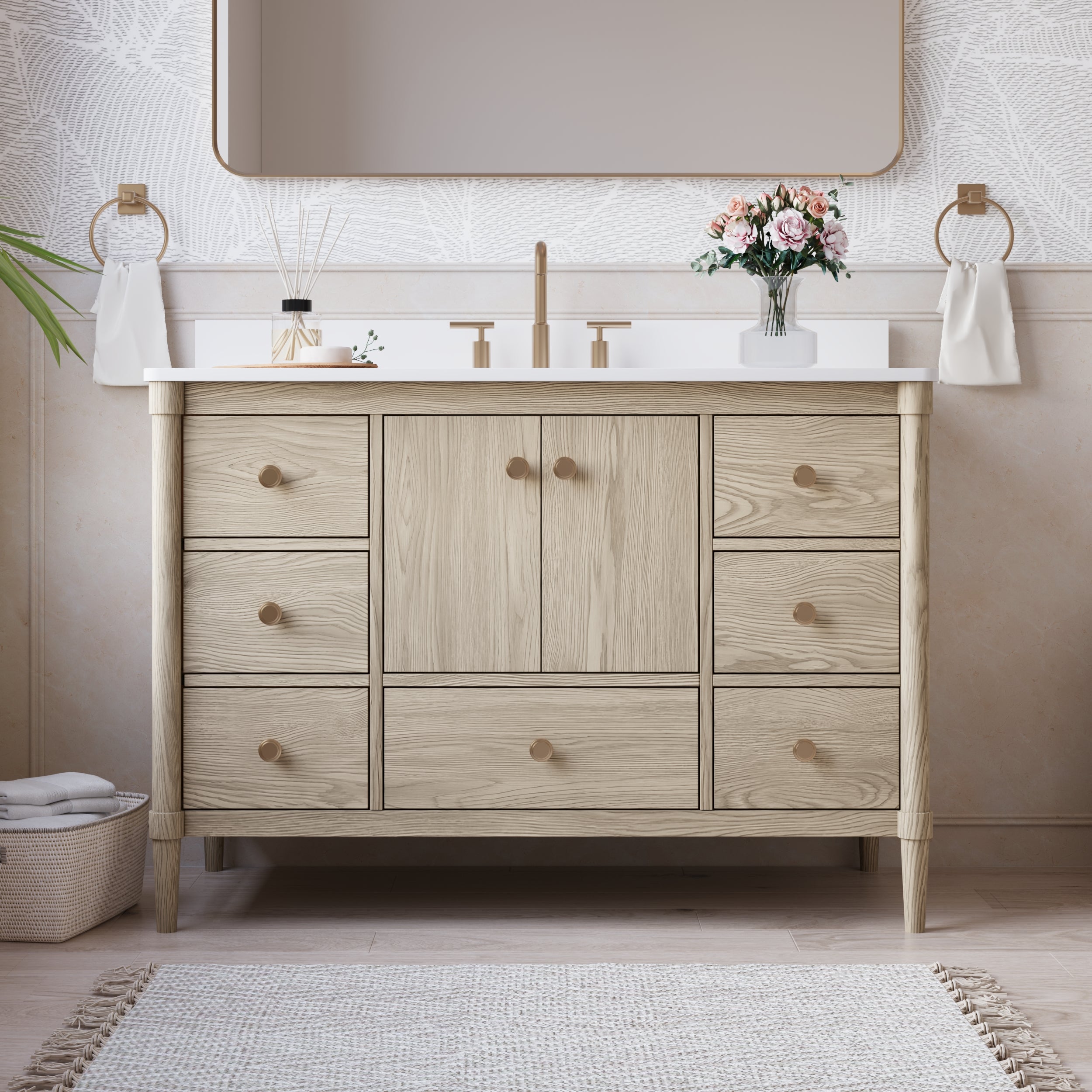
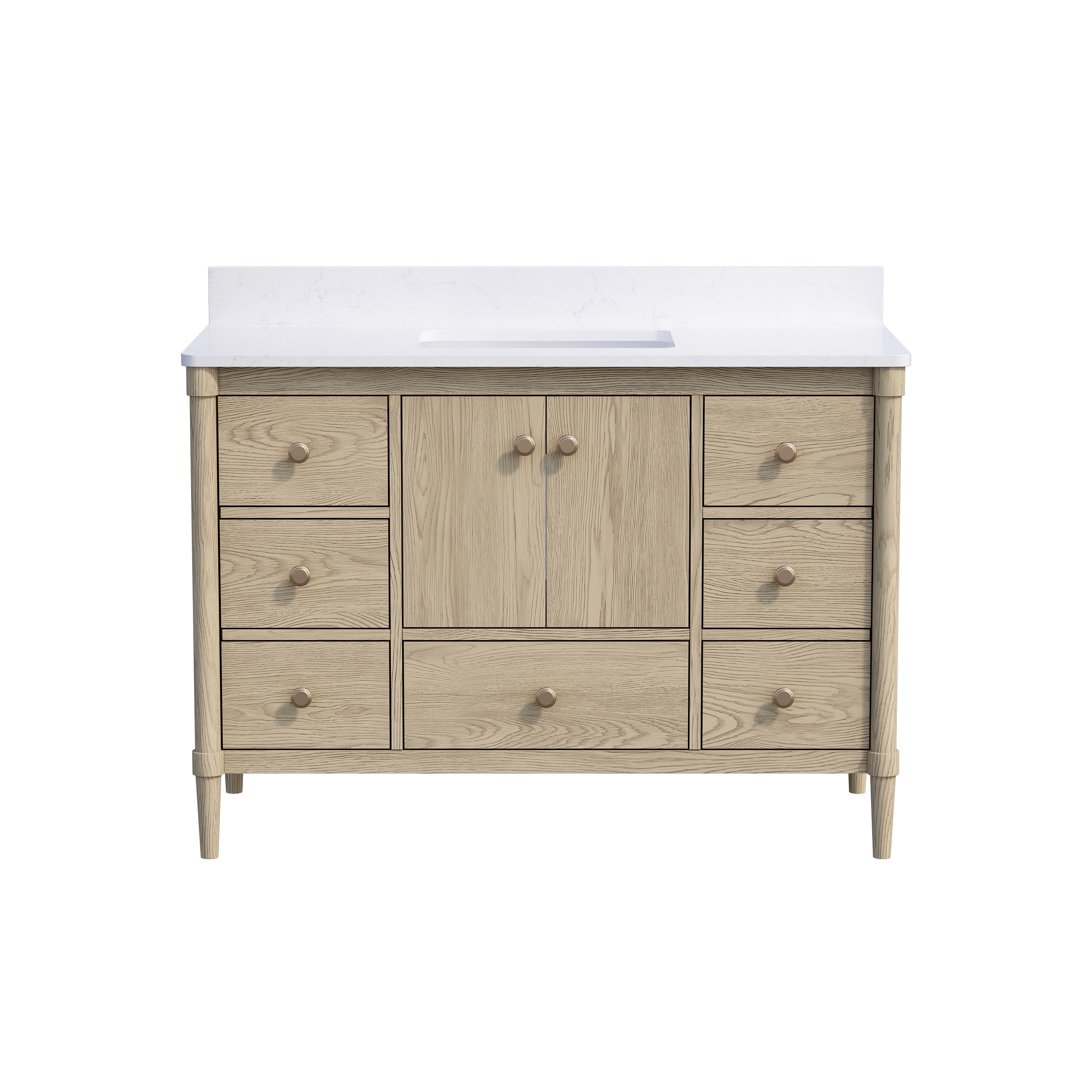
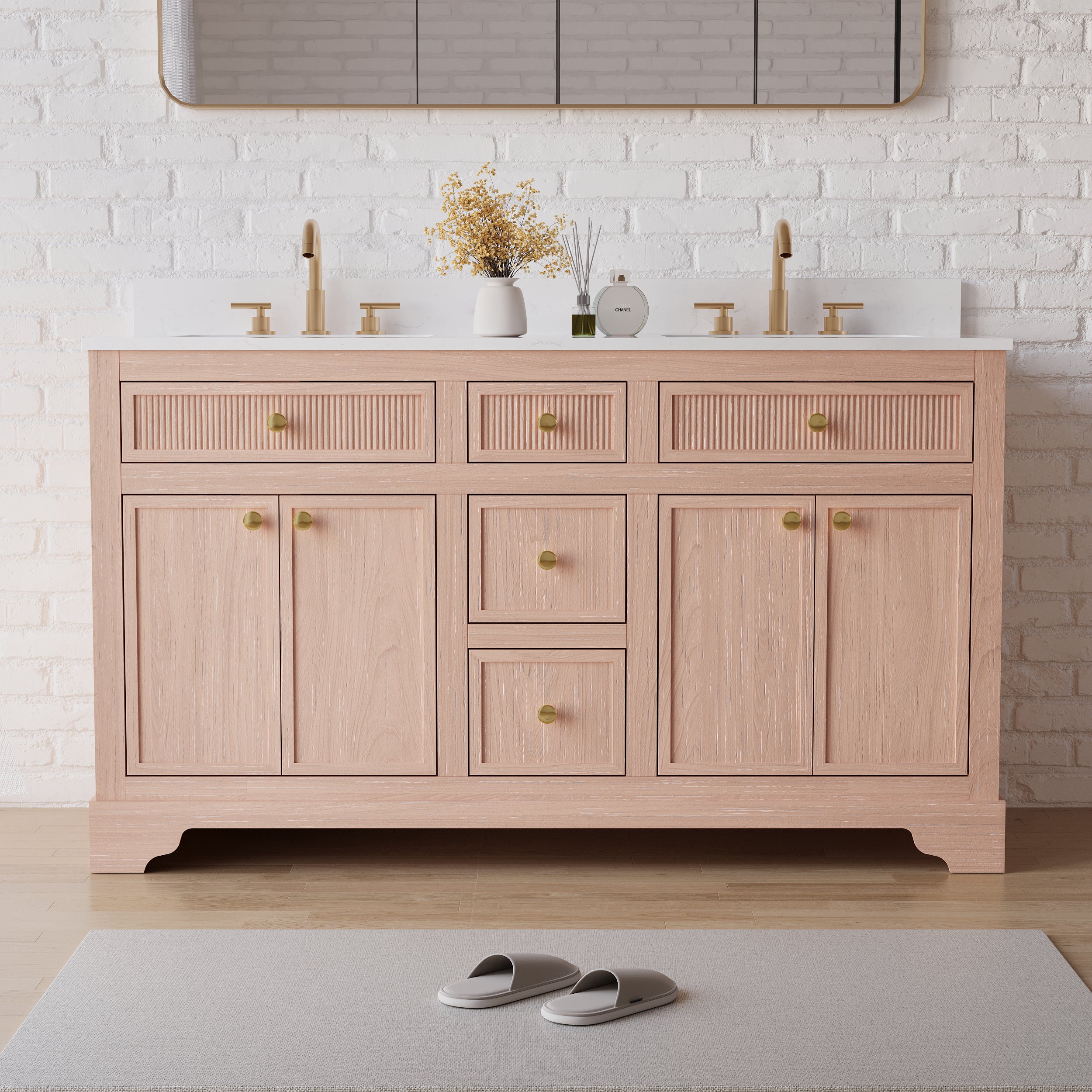
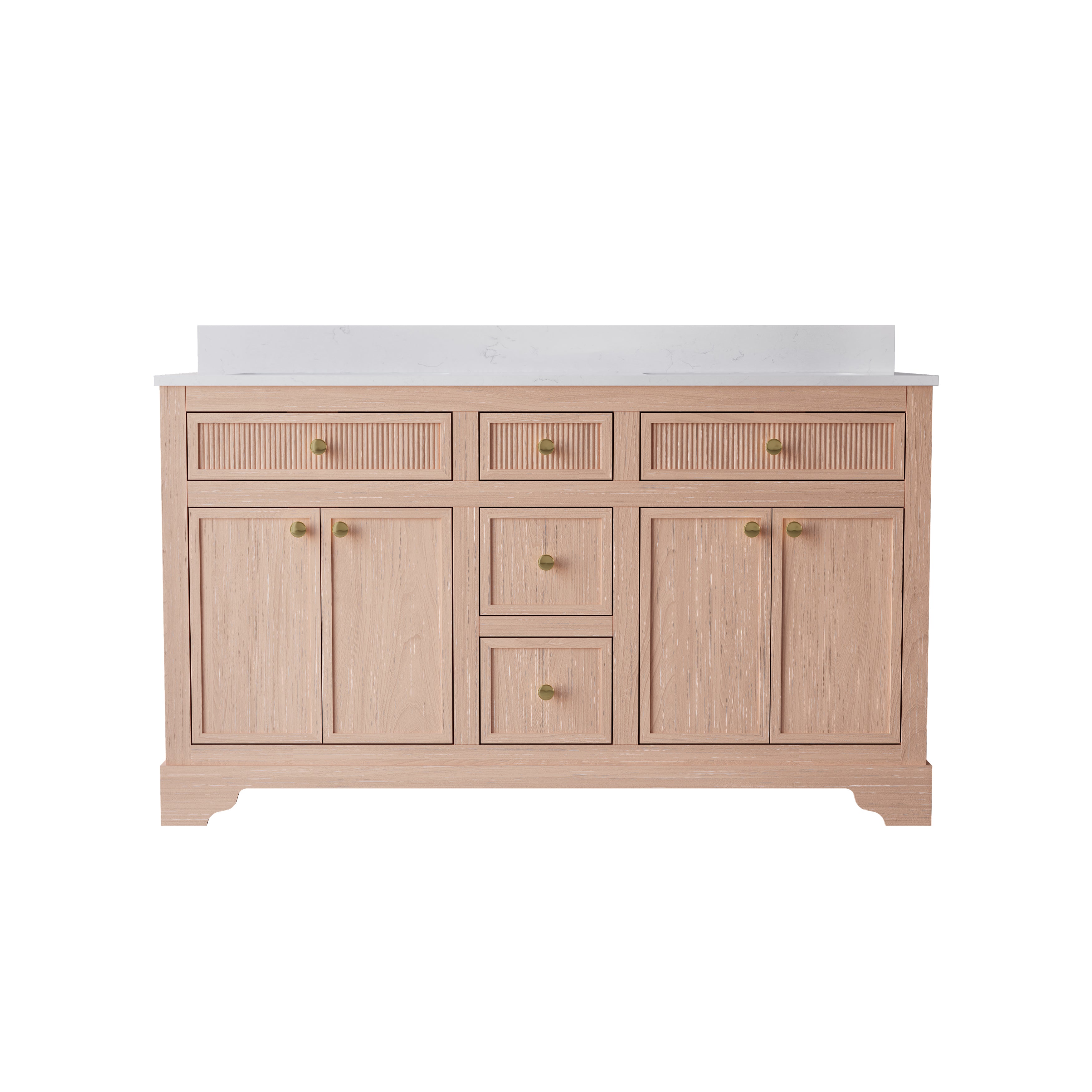
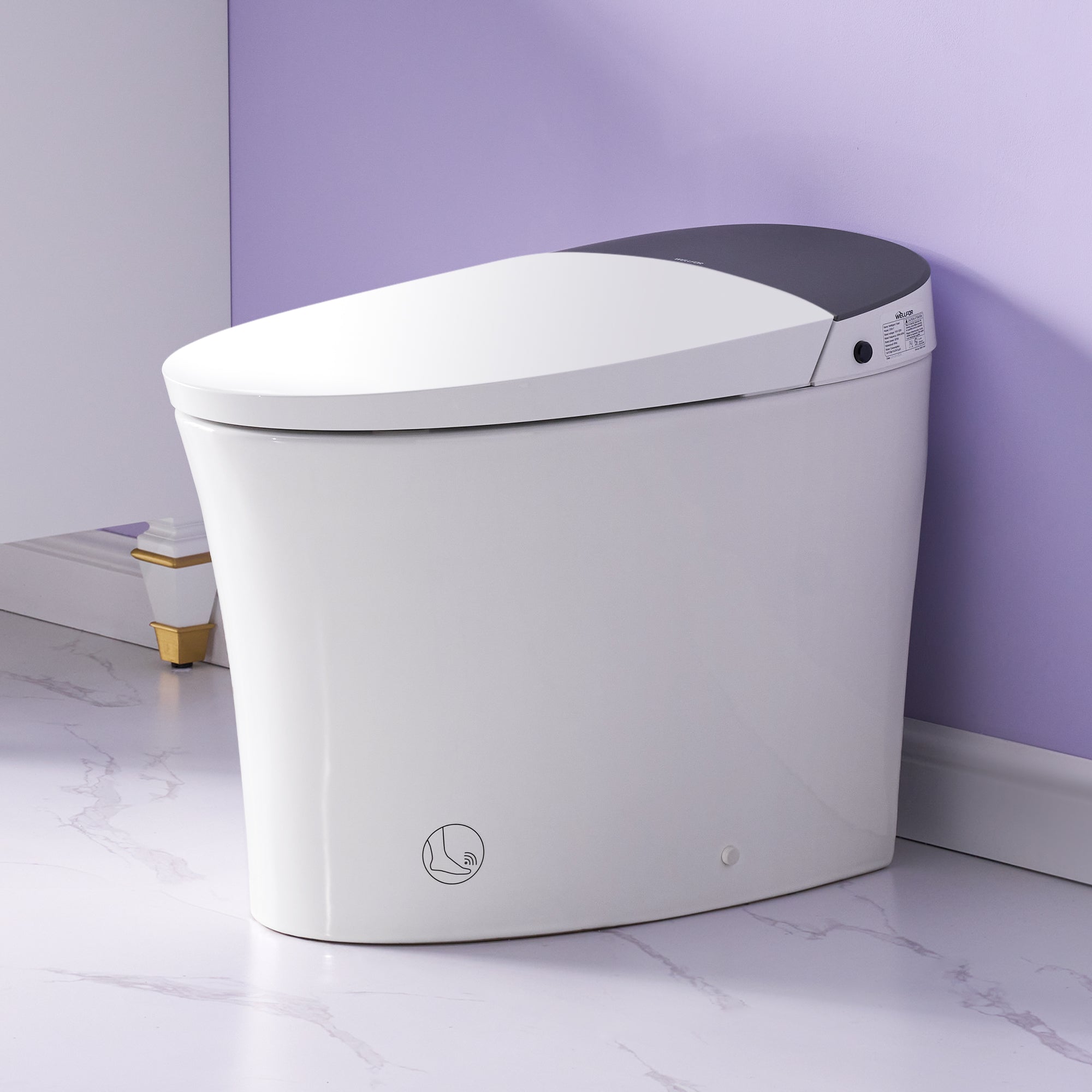
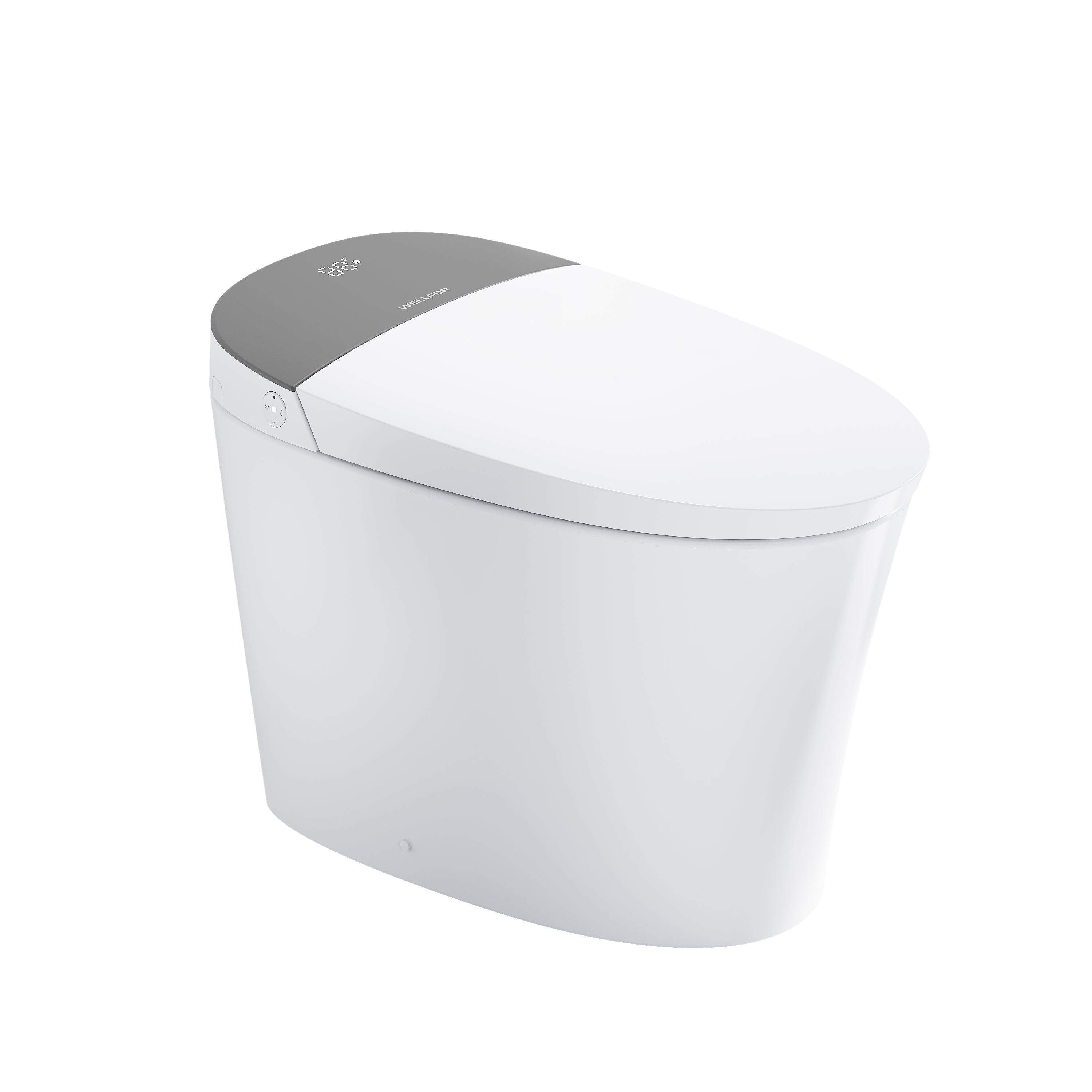
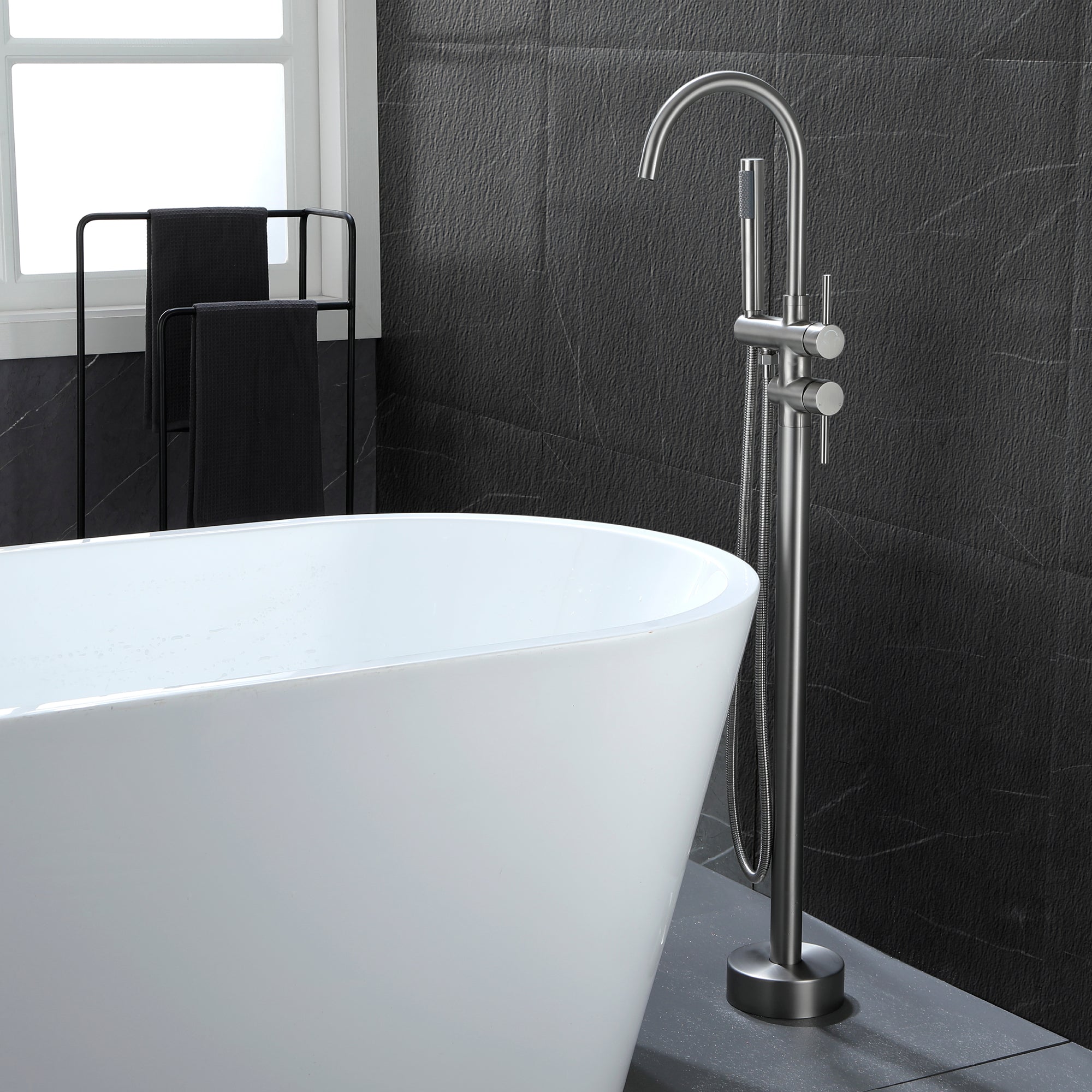

Leave a comment
This site is protected by hCaptcha and the hCaptcha Privacy Policy and Terms of Service apply.